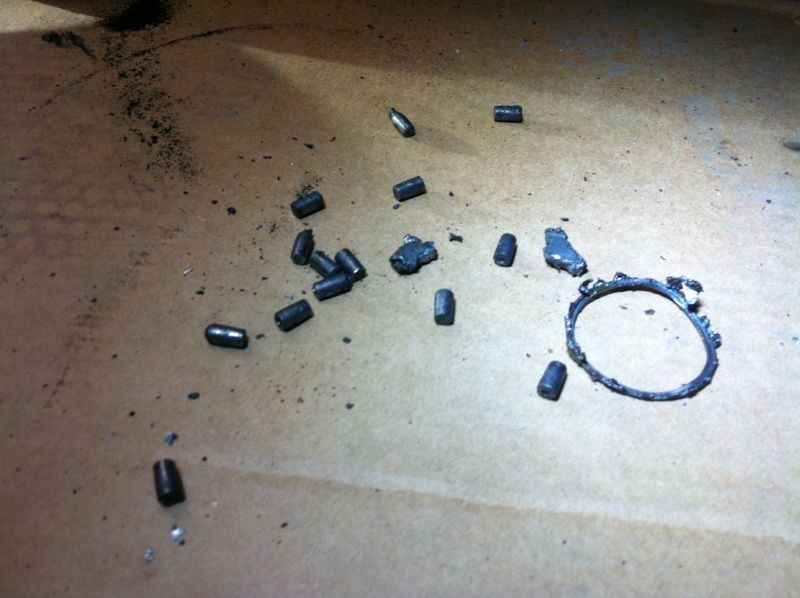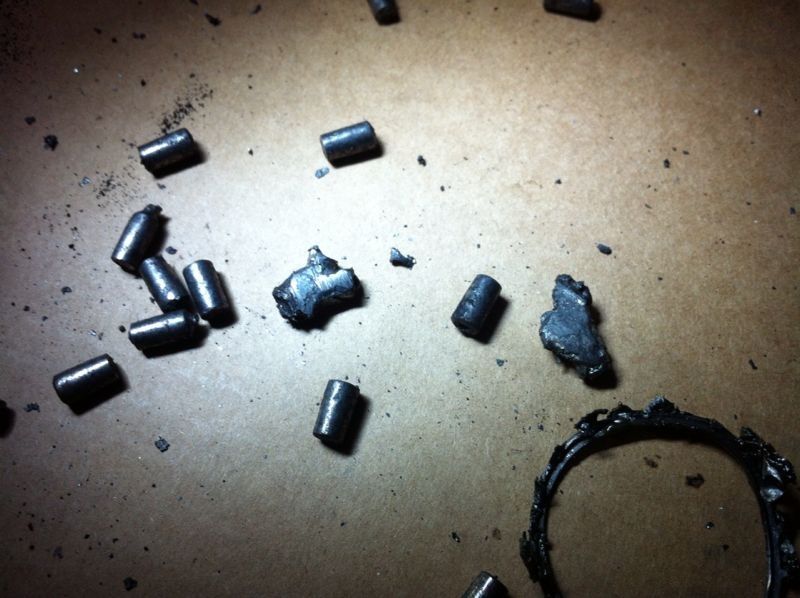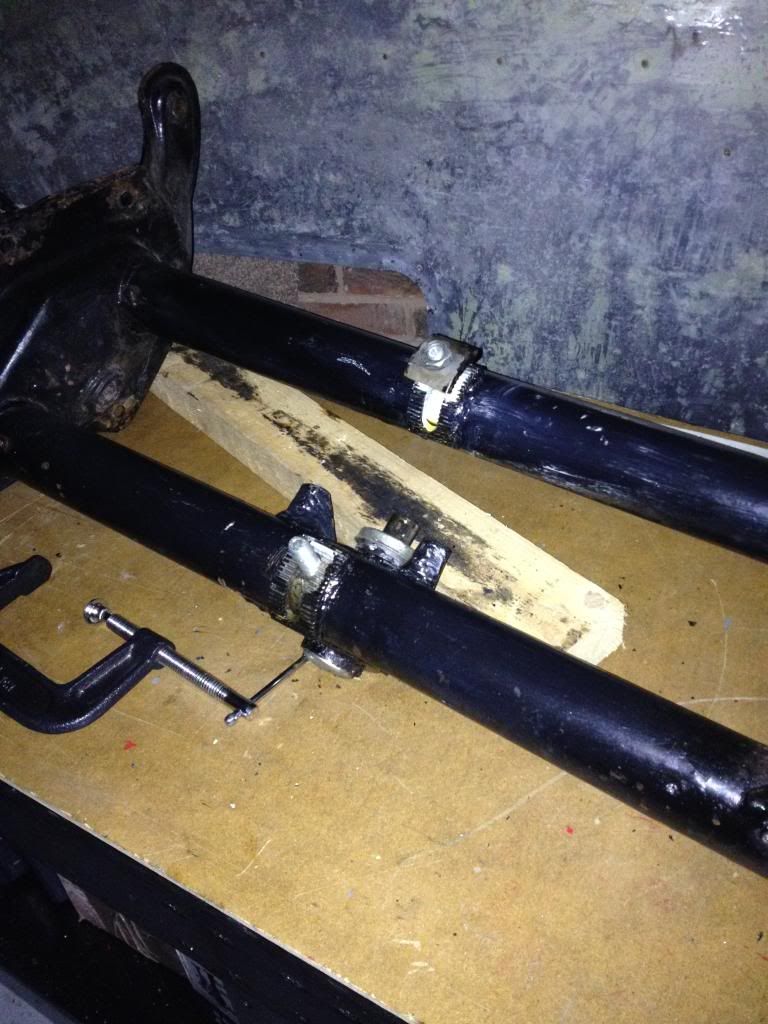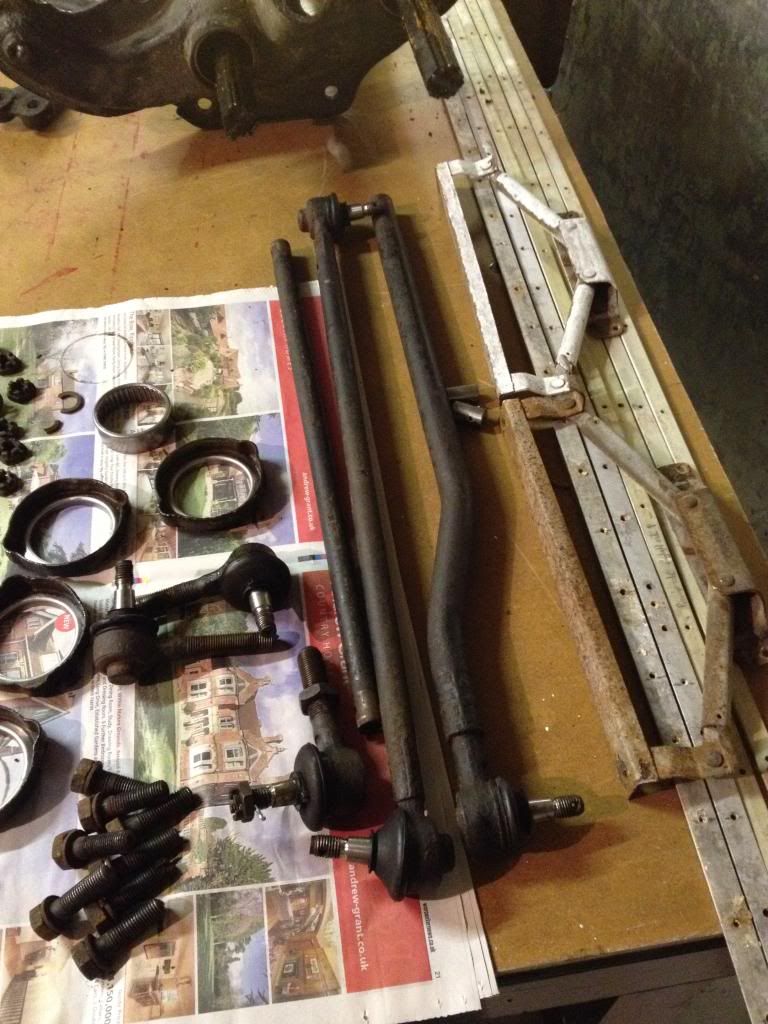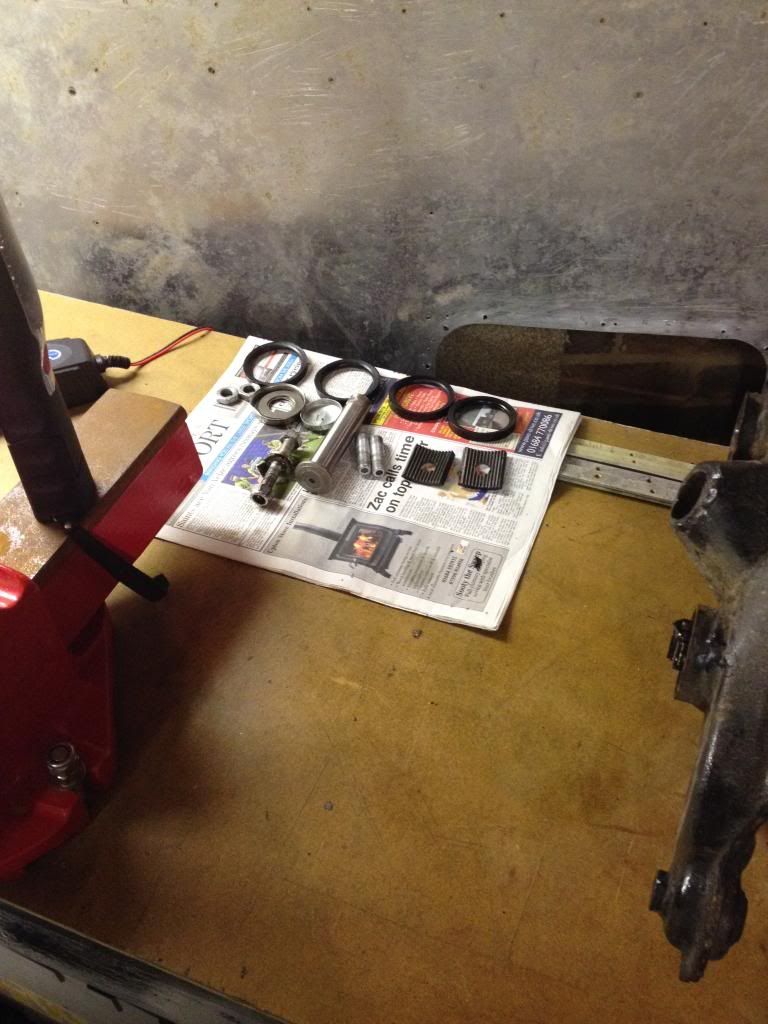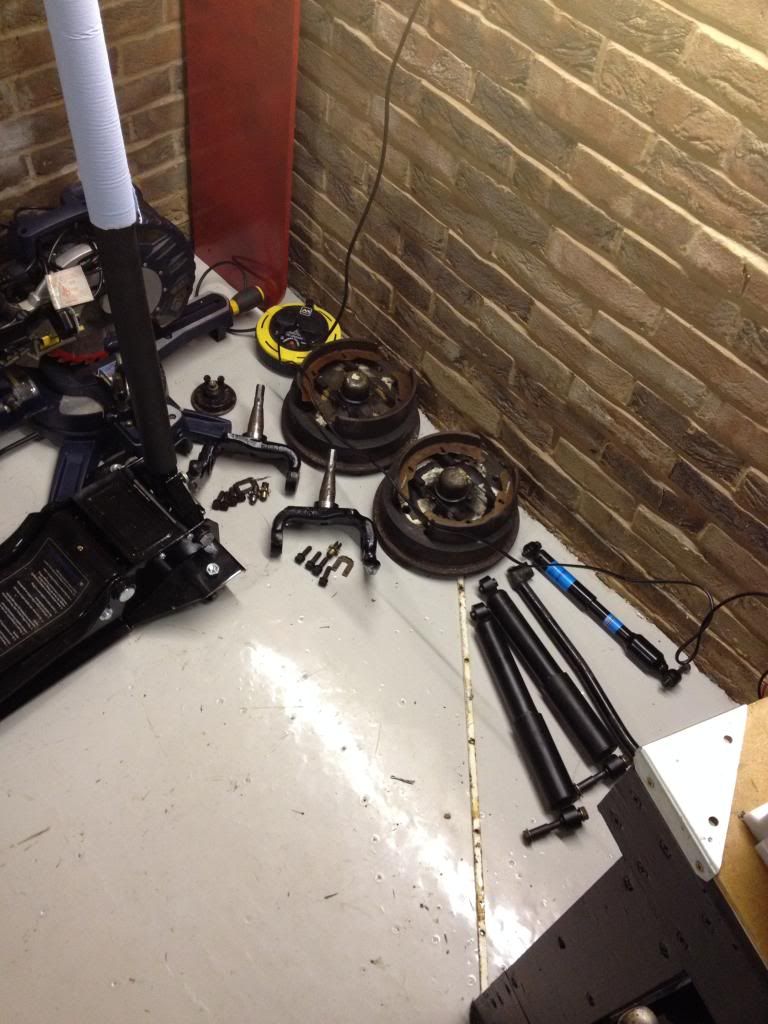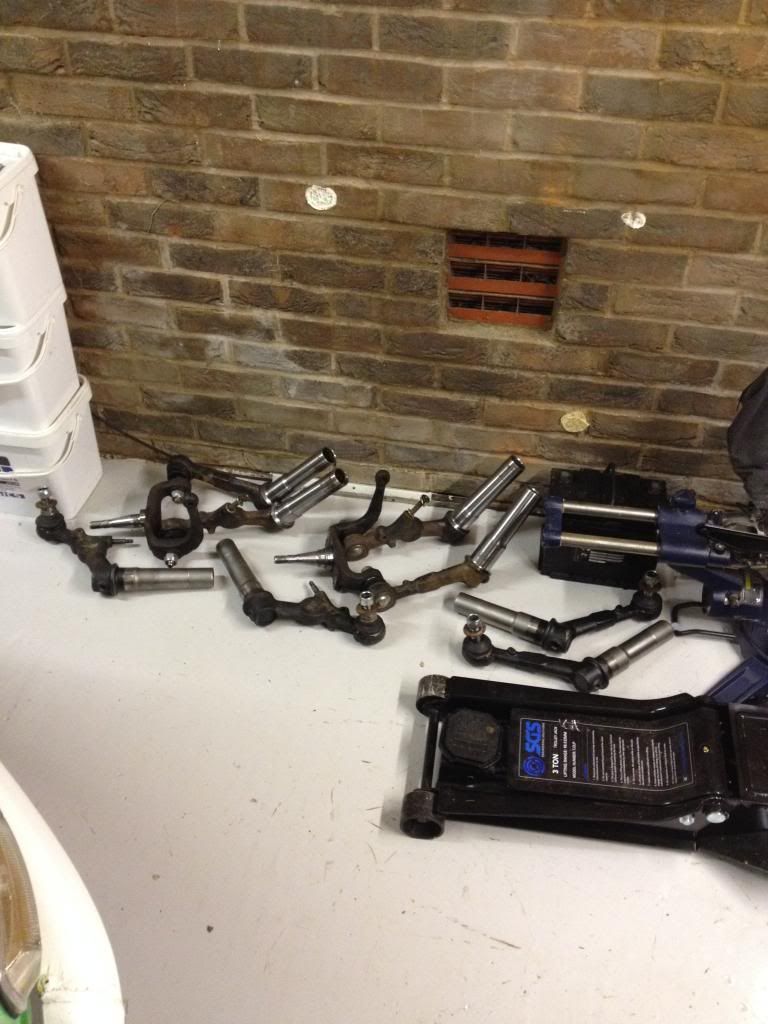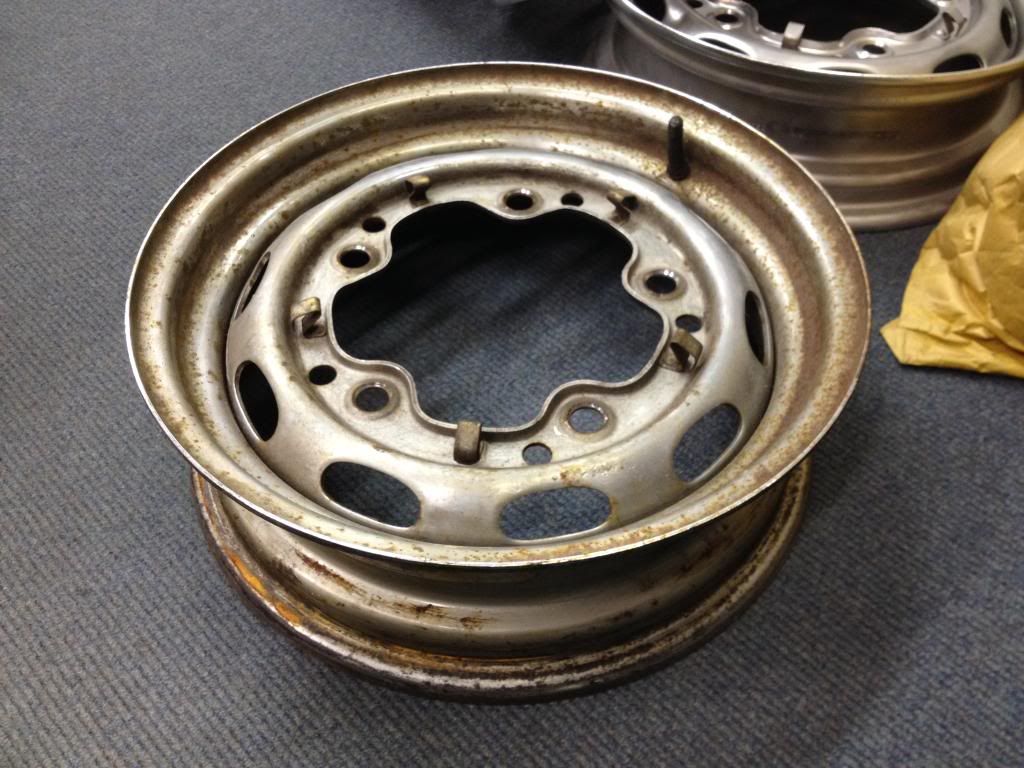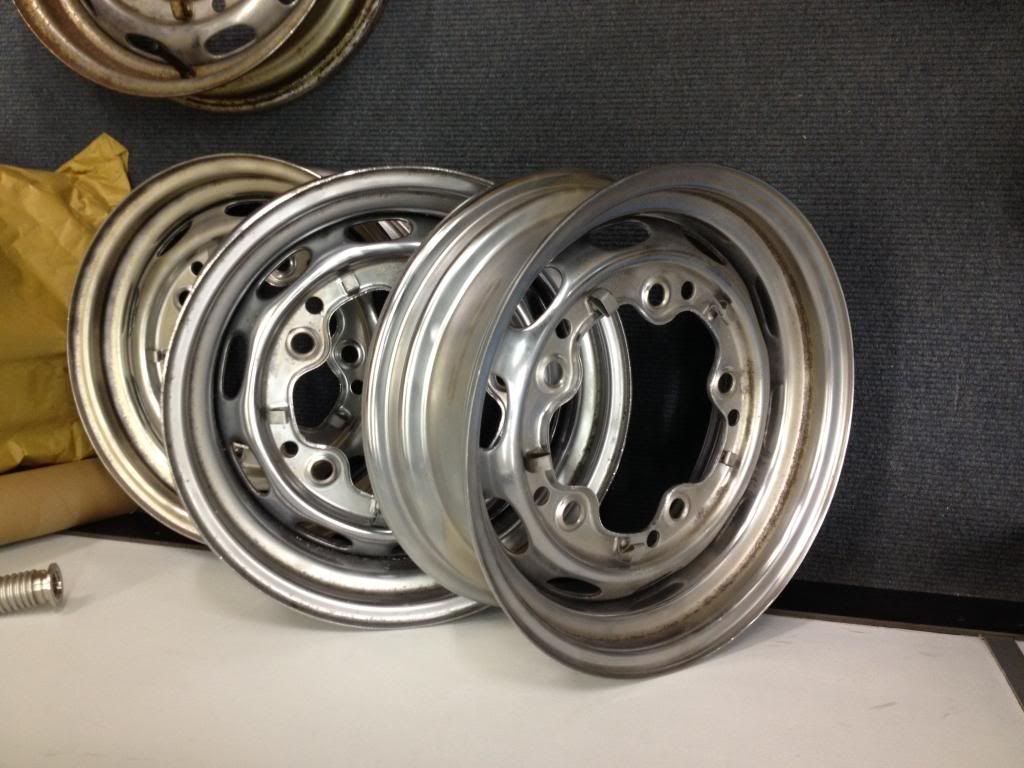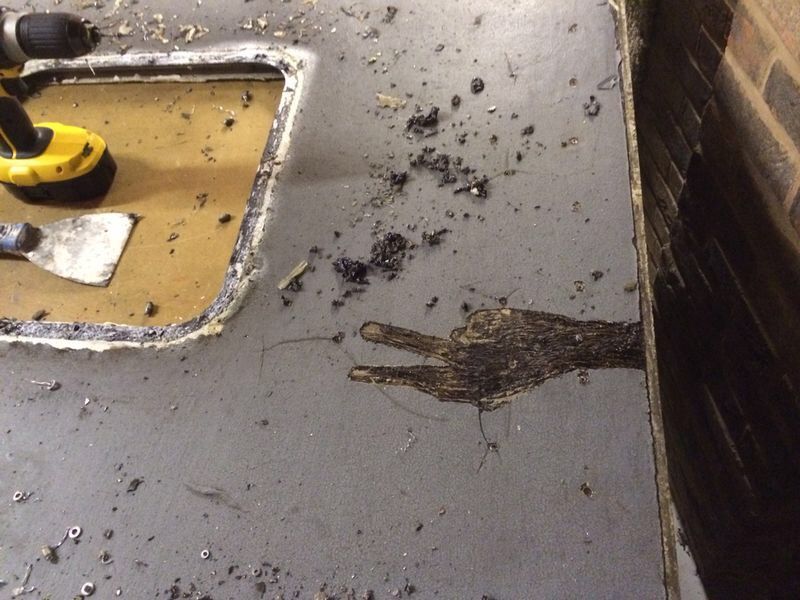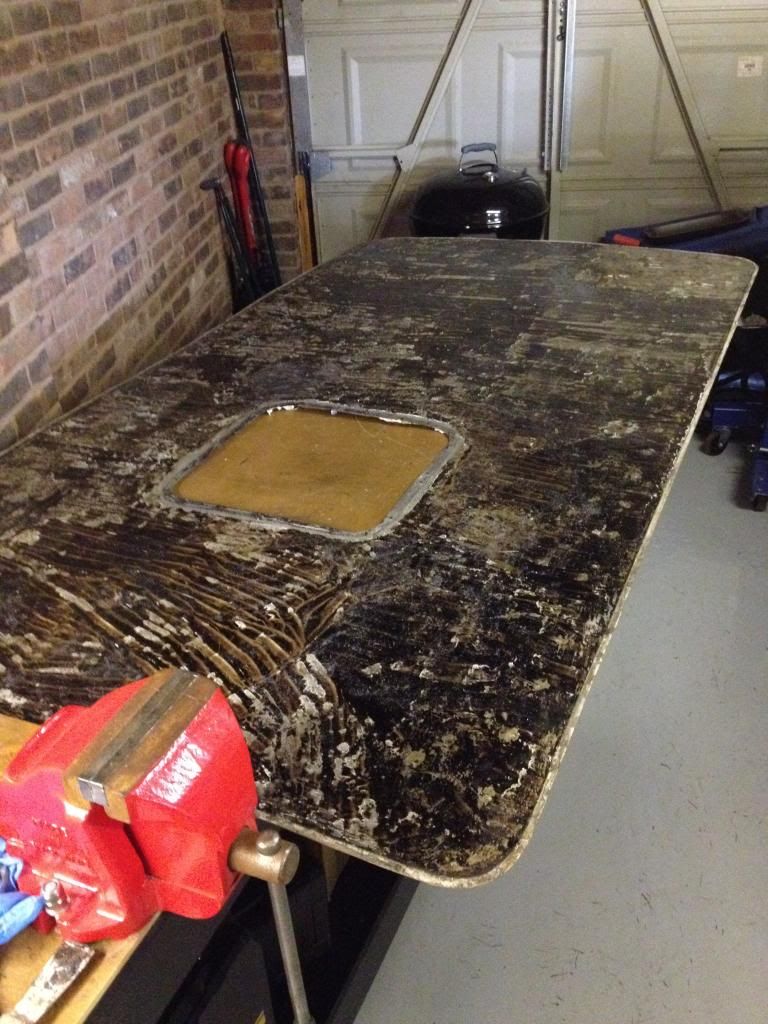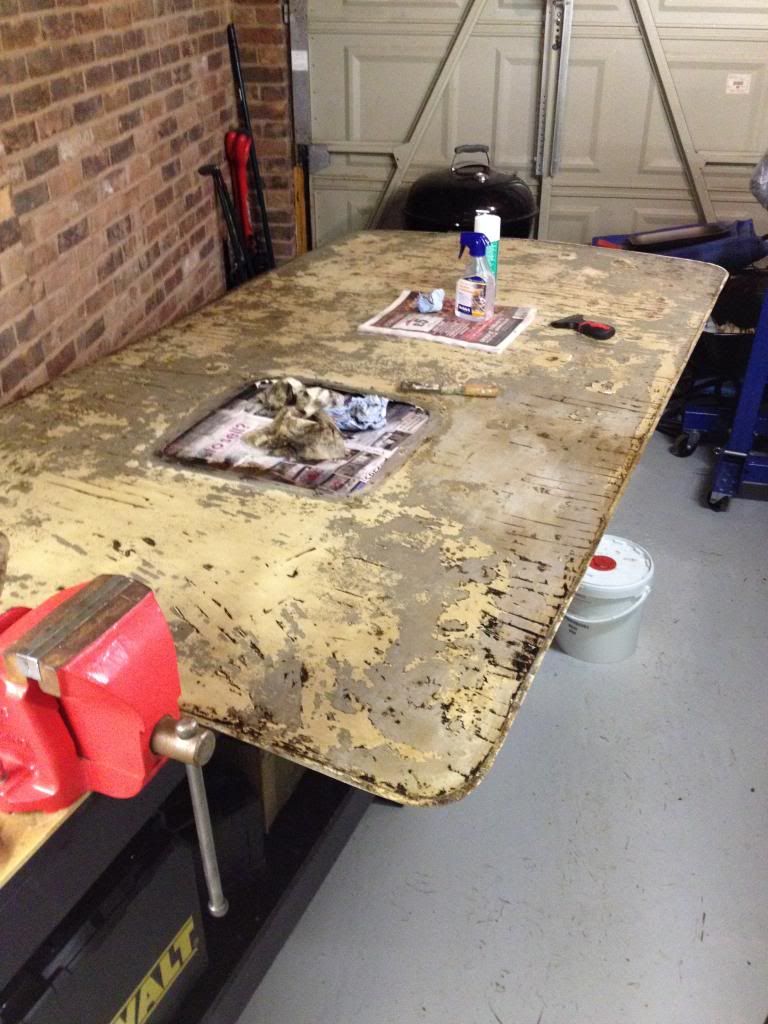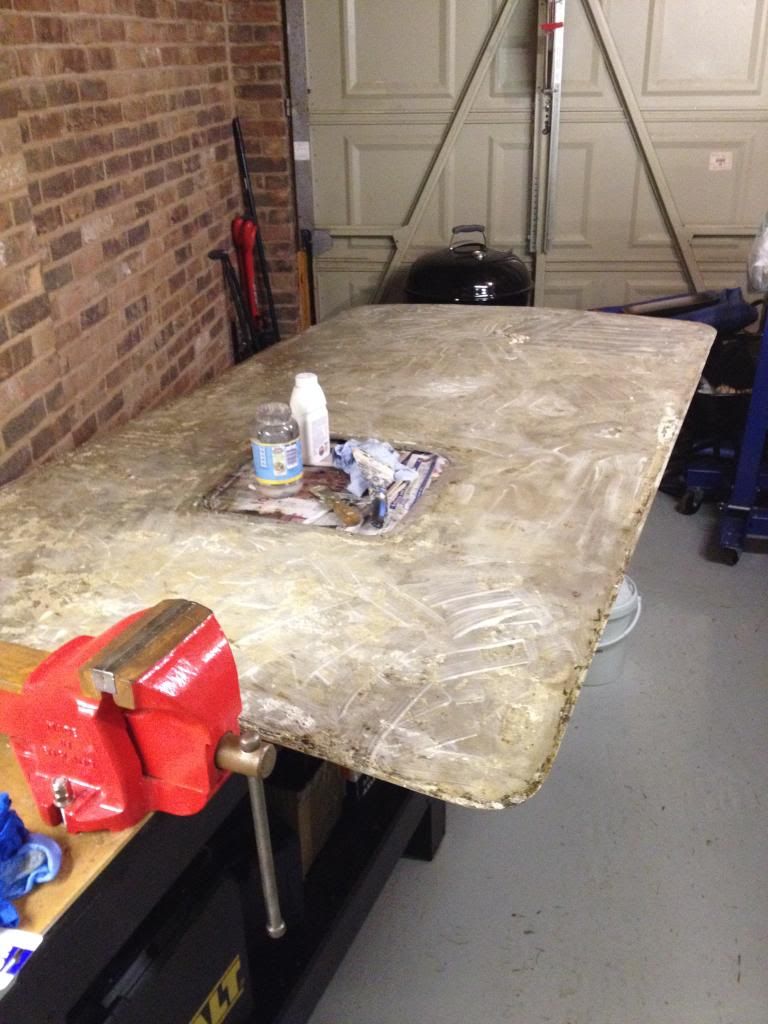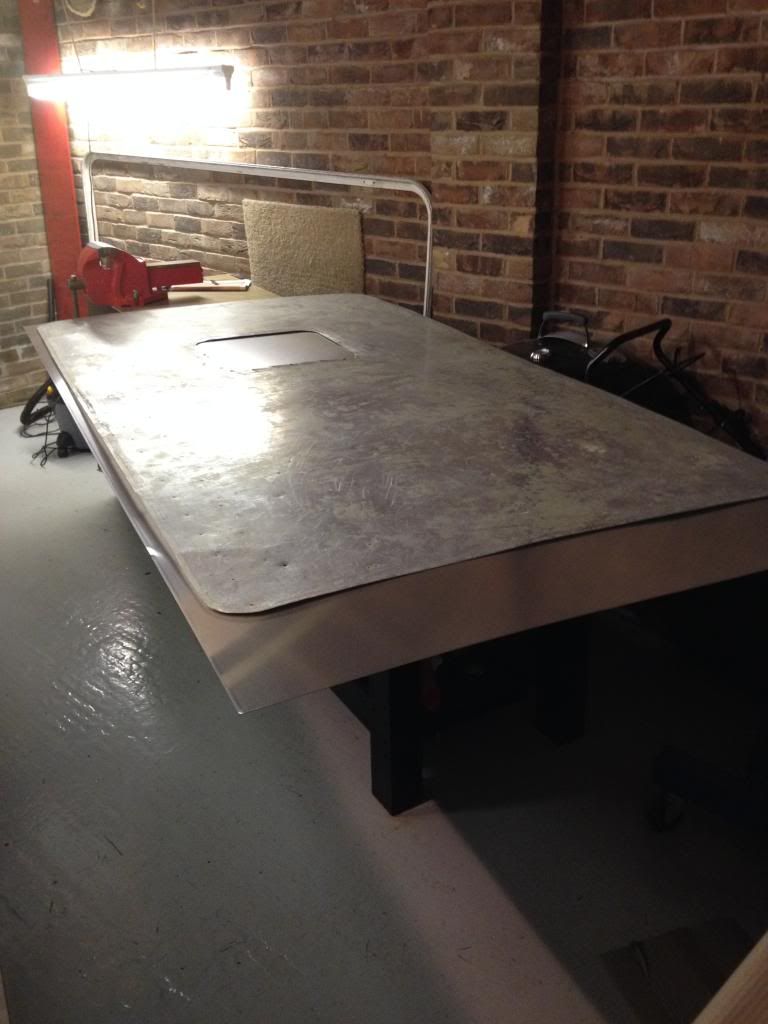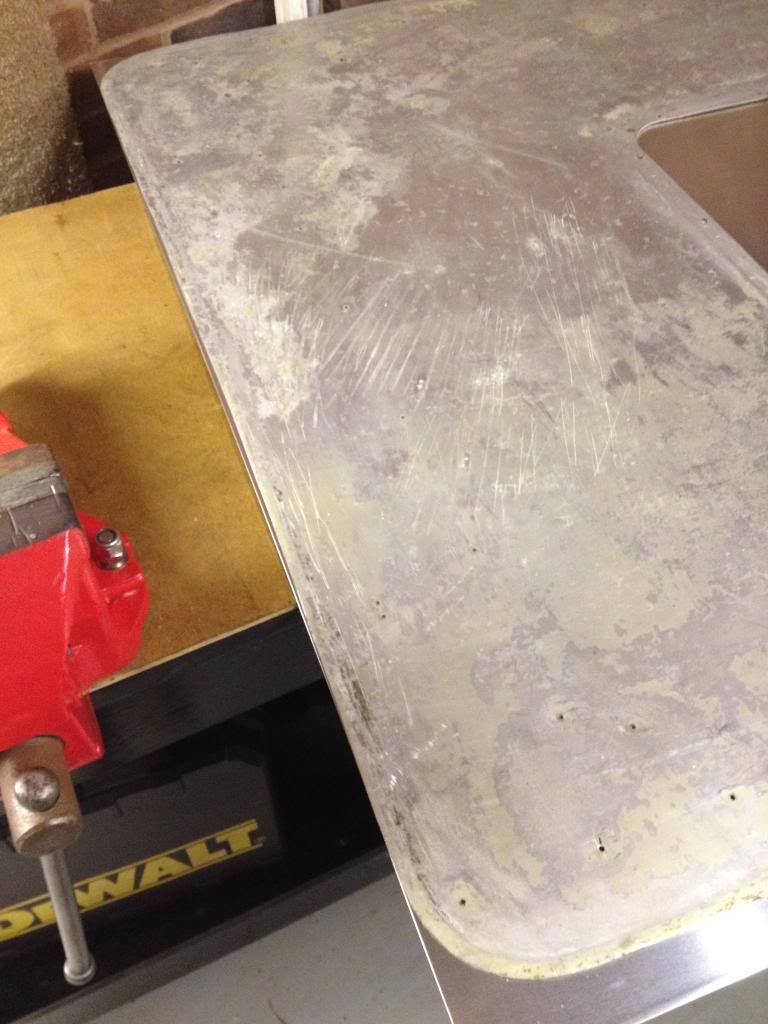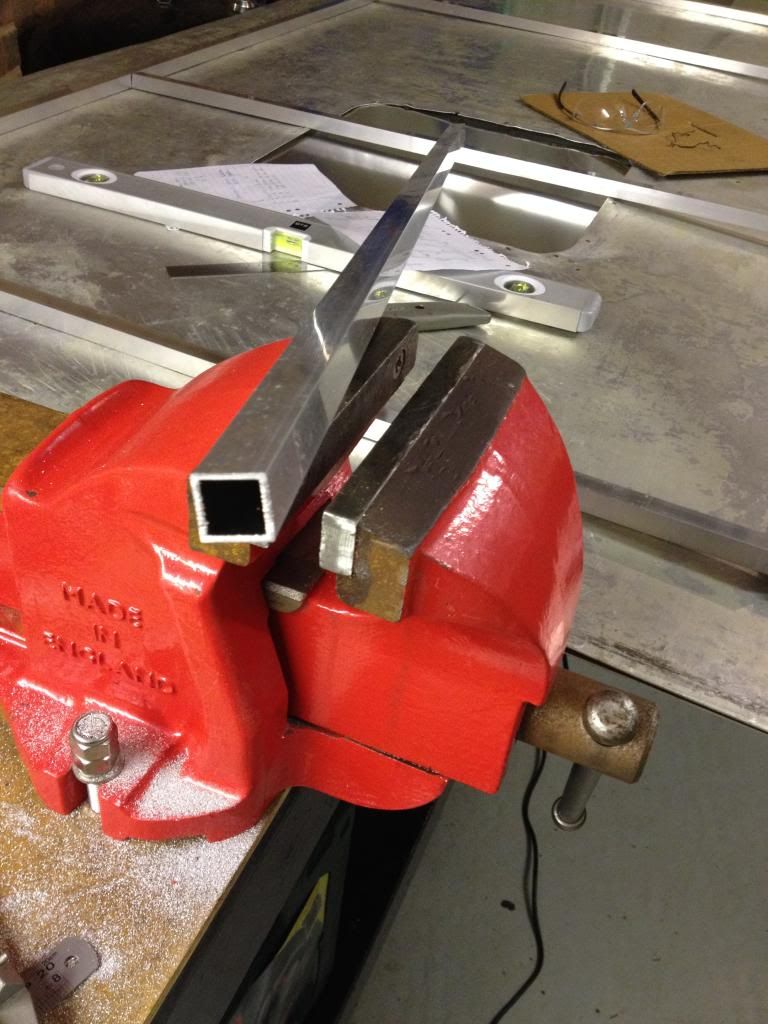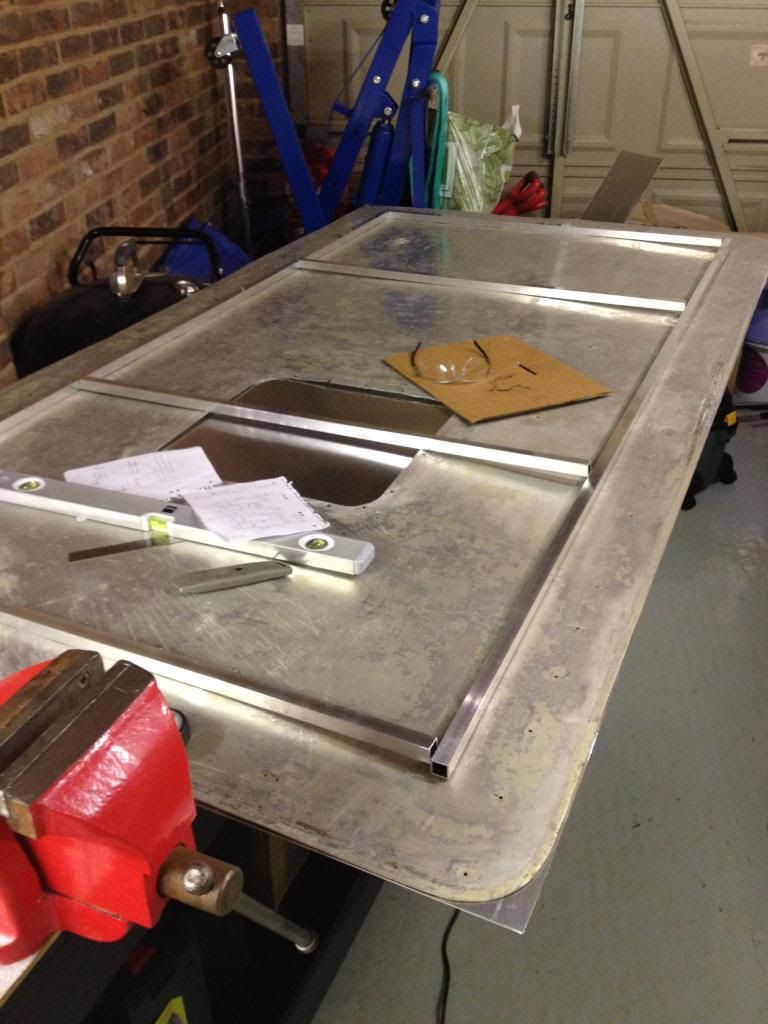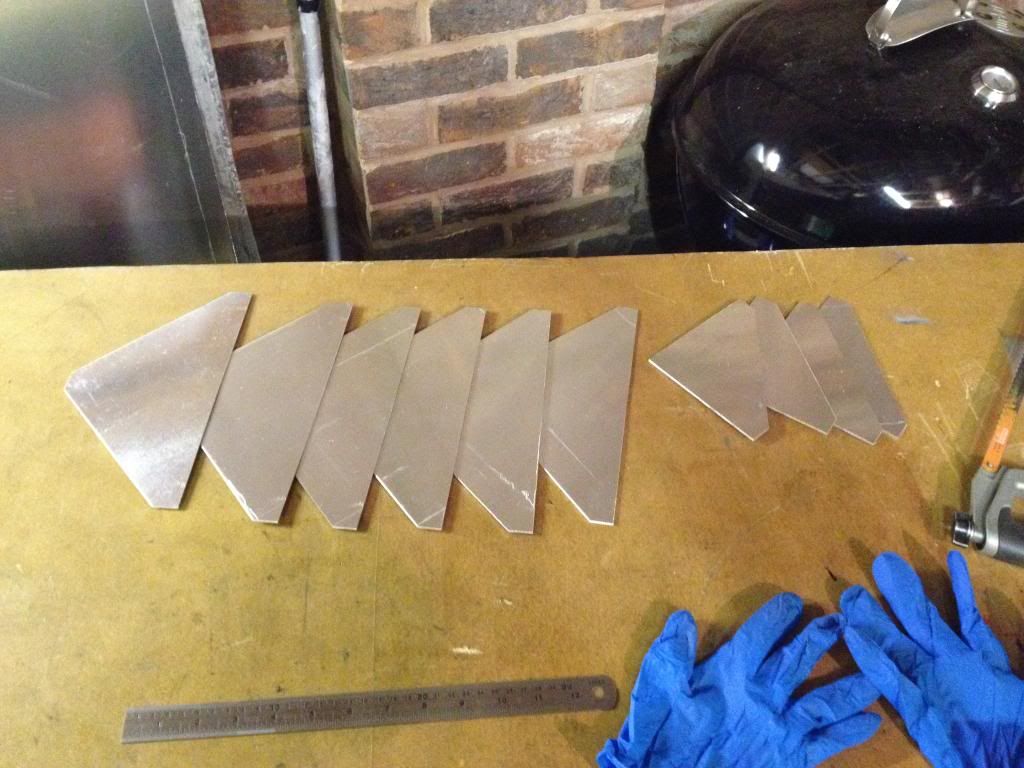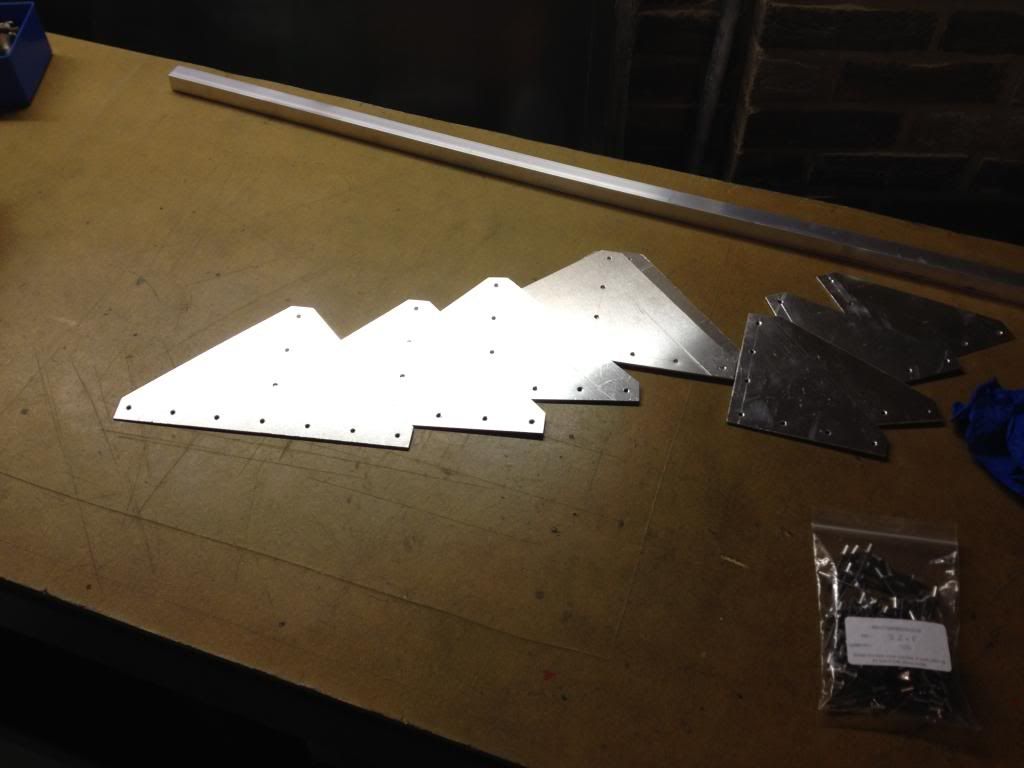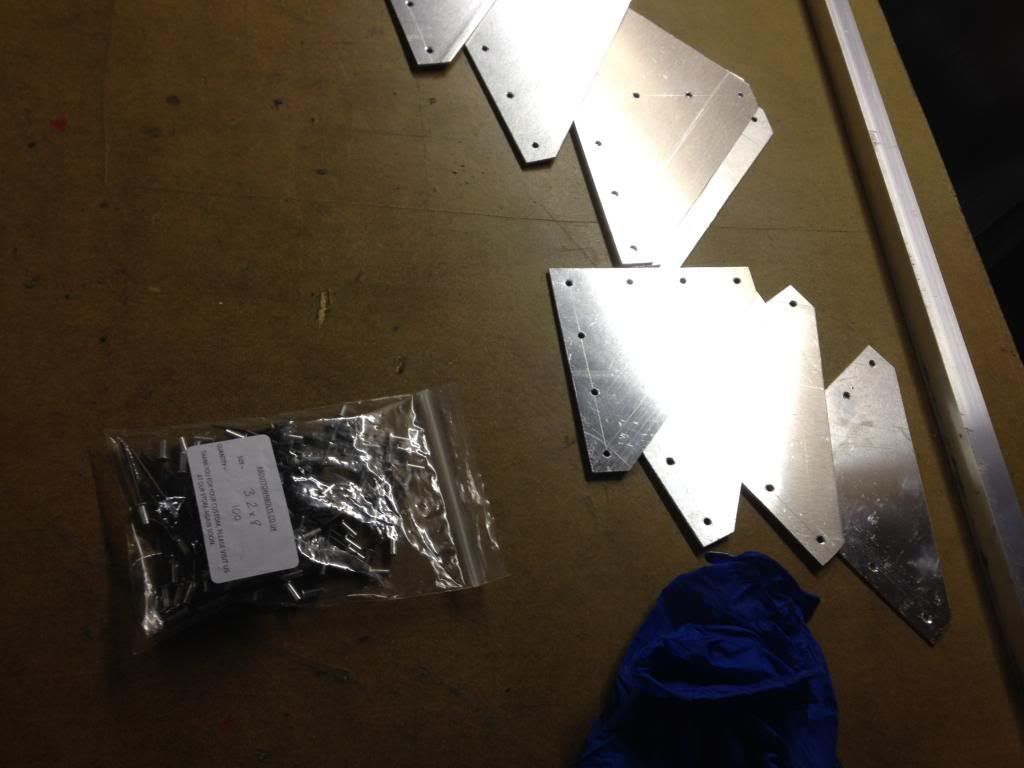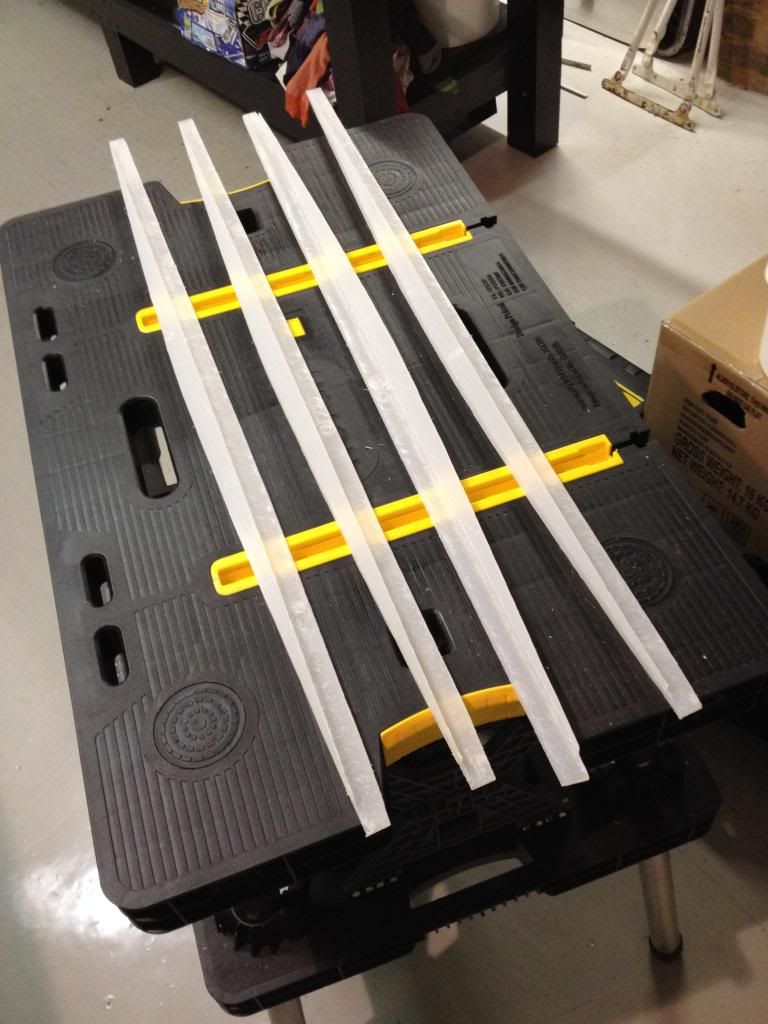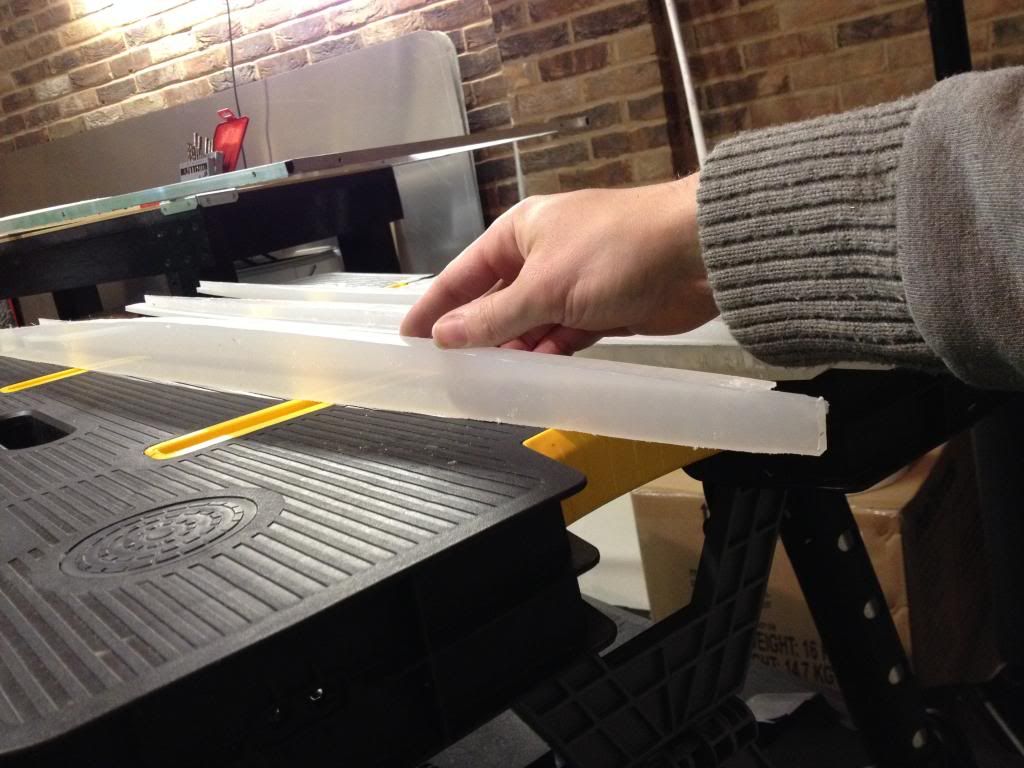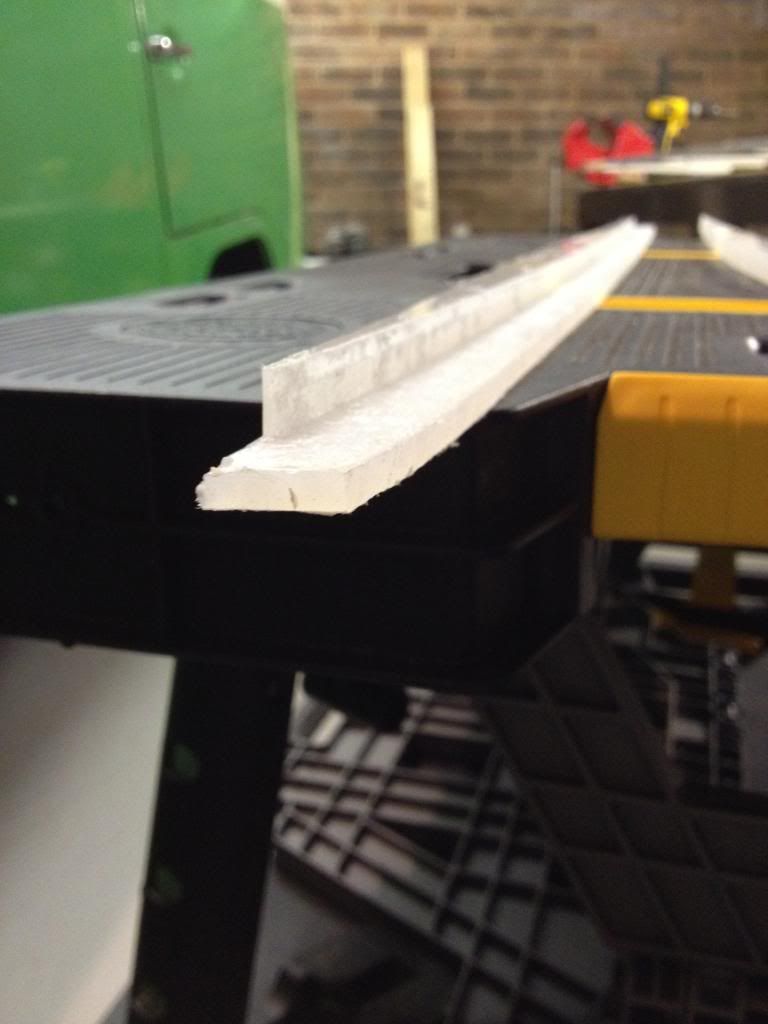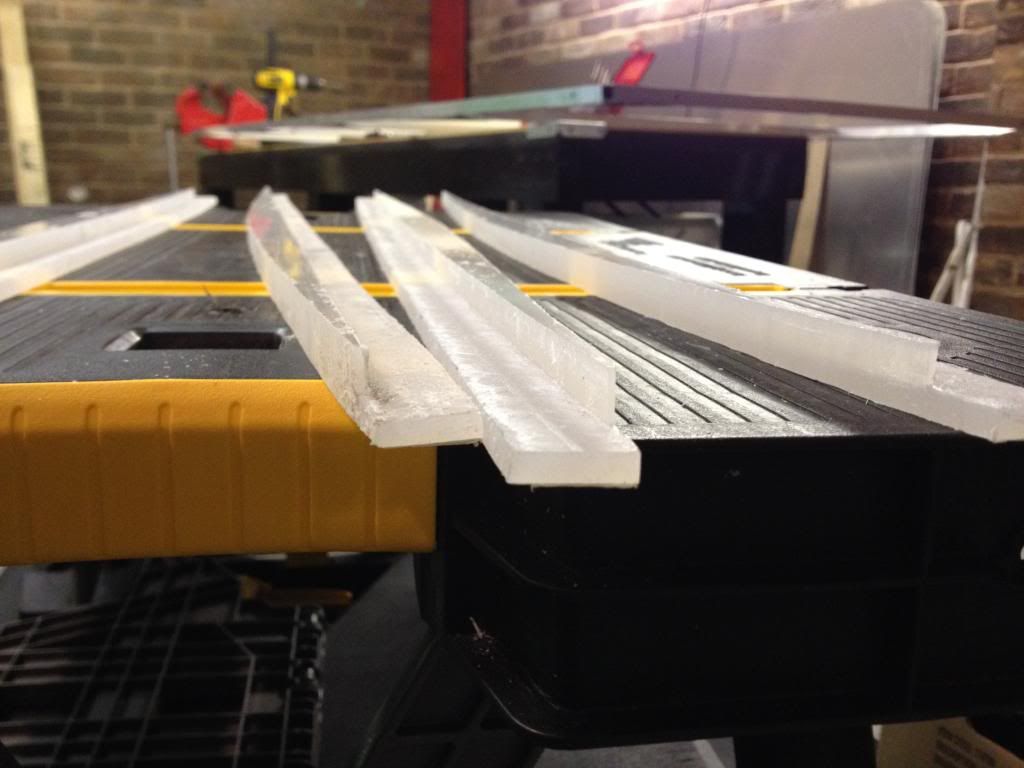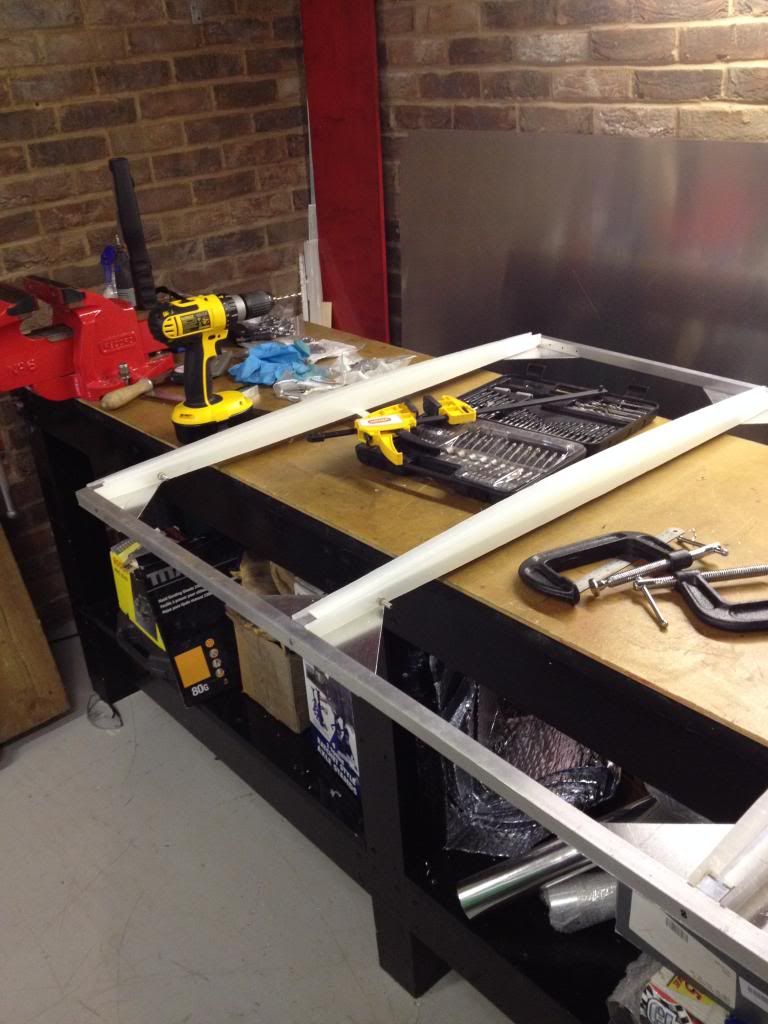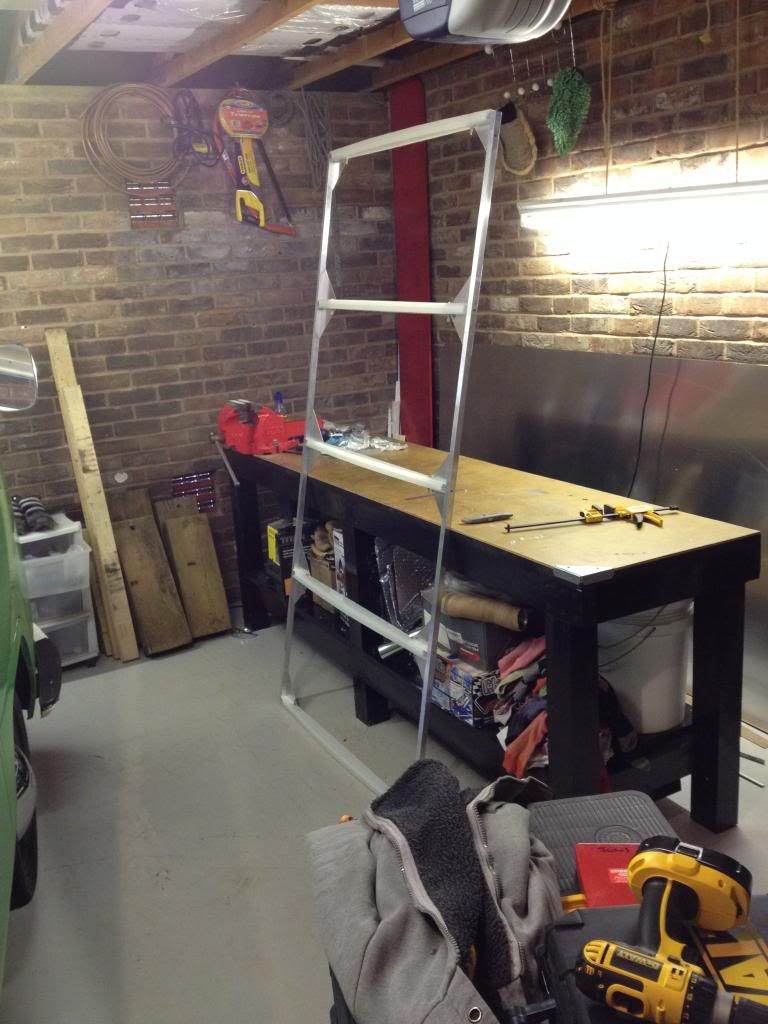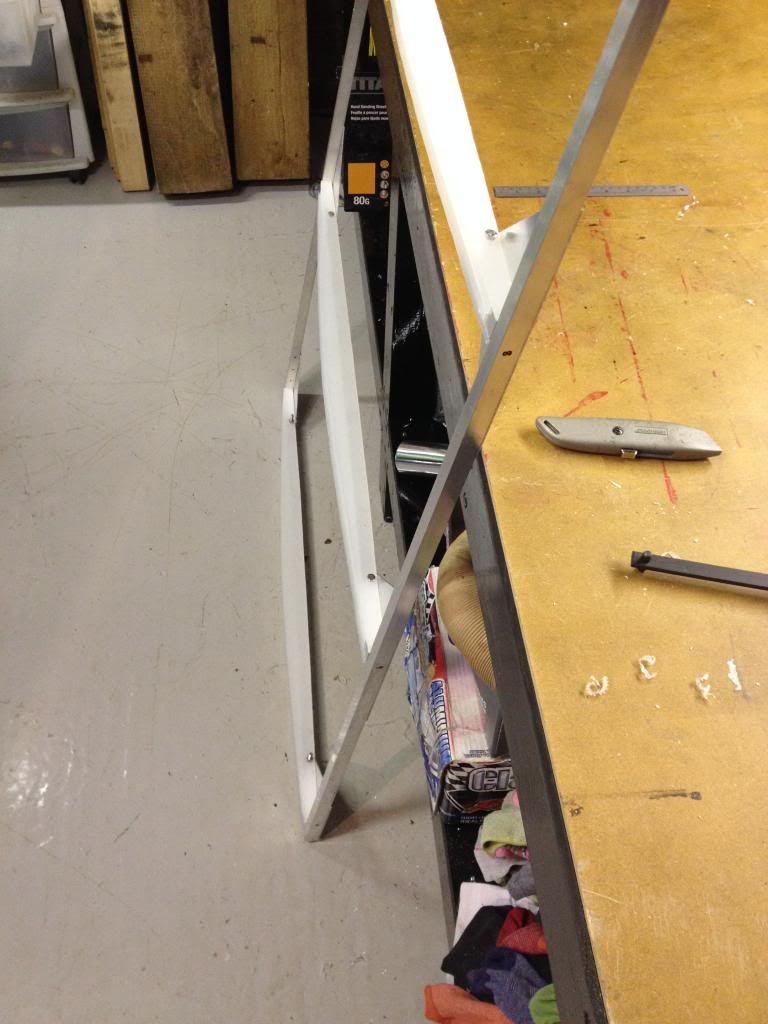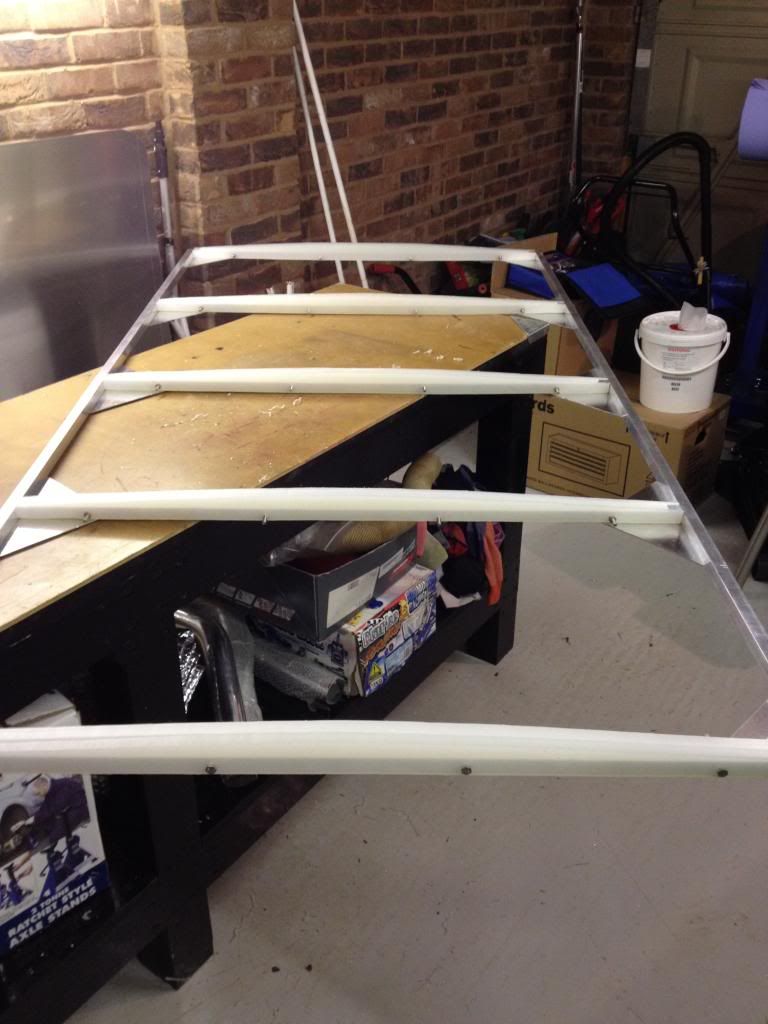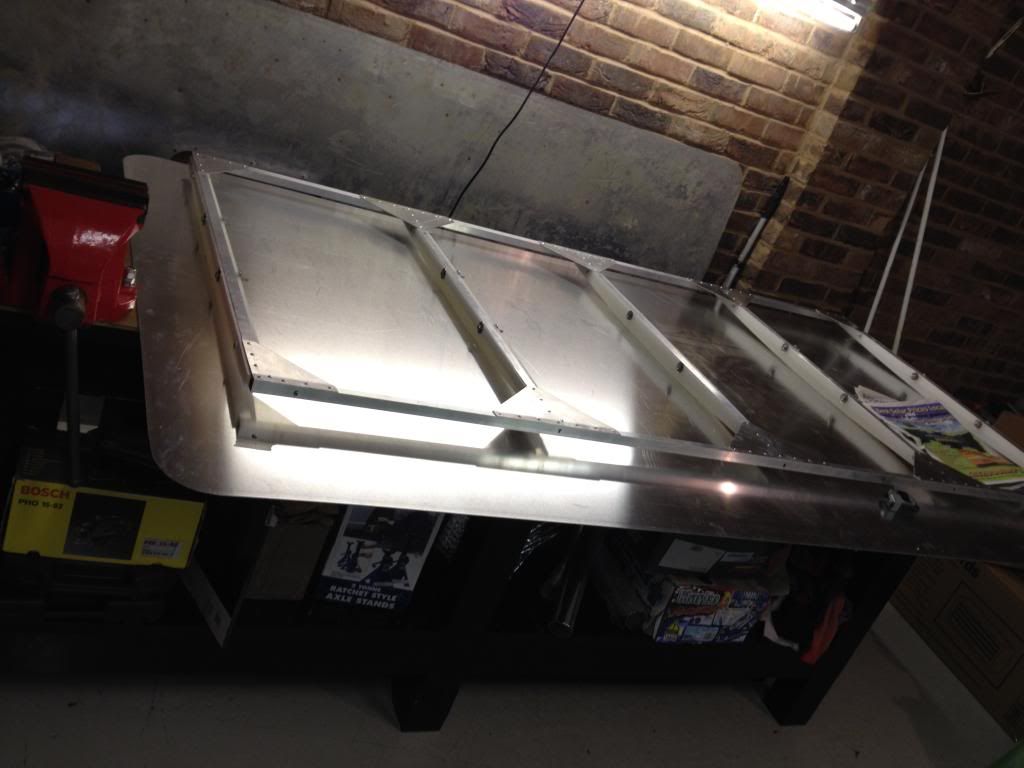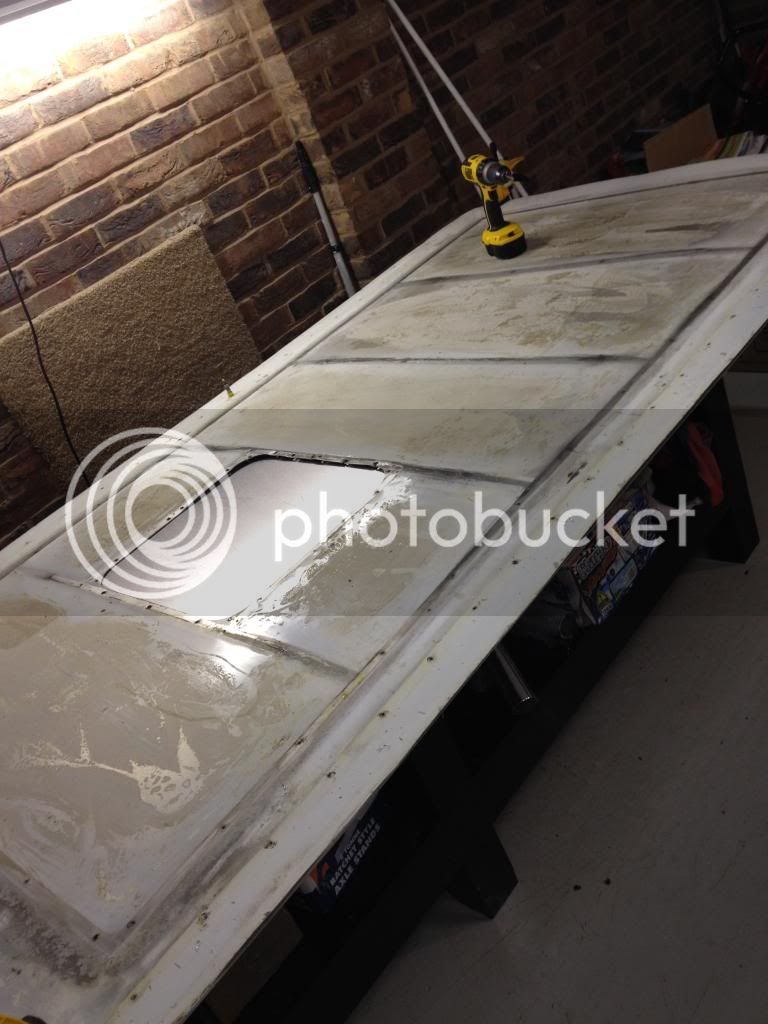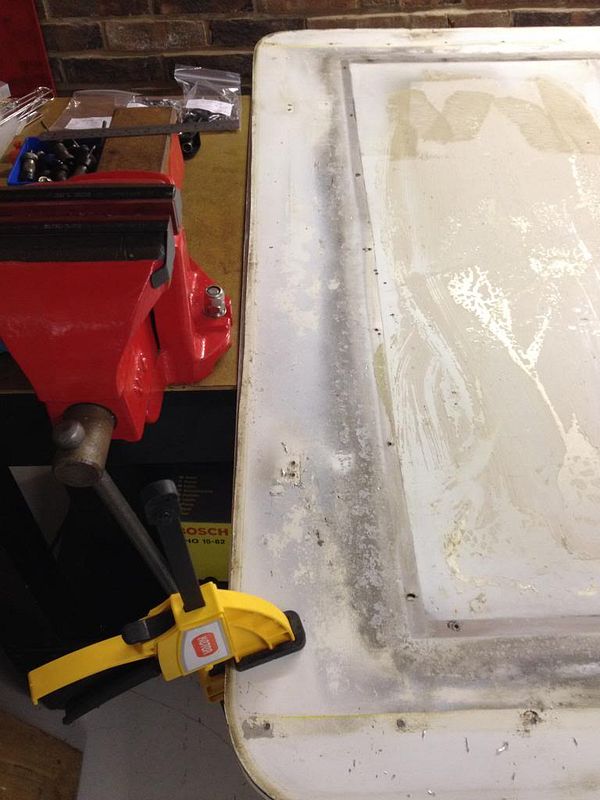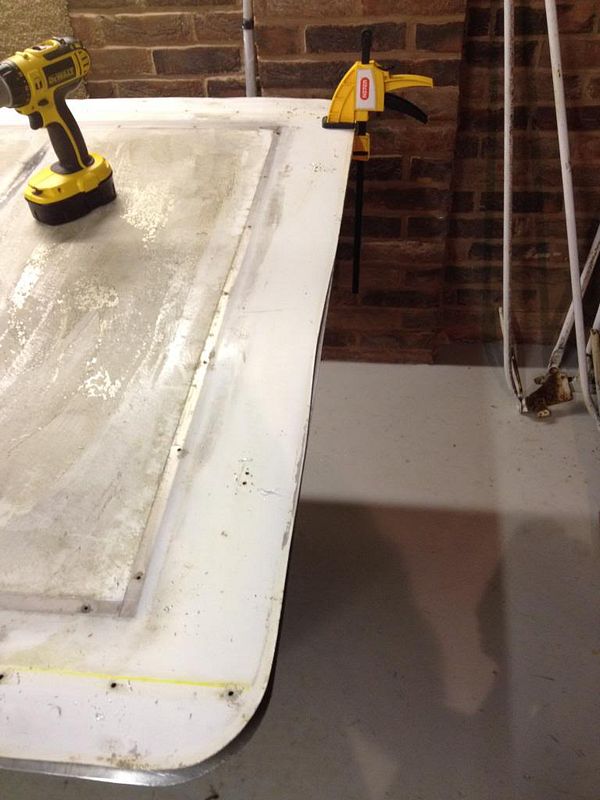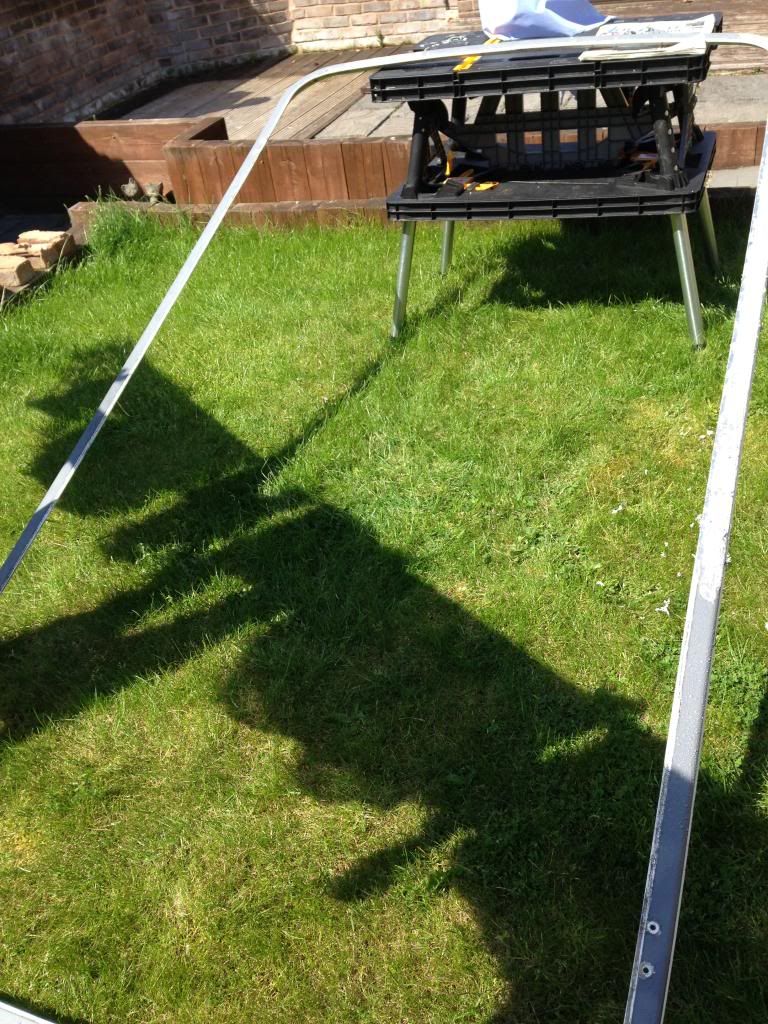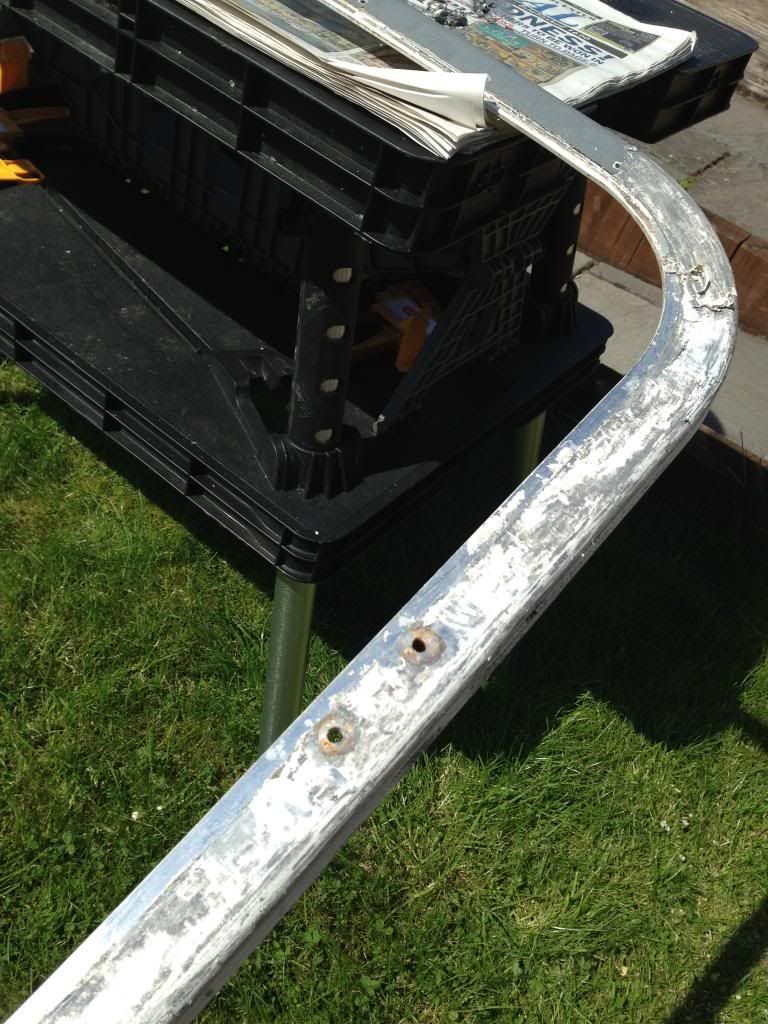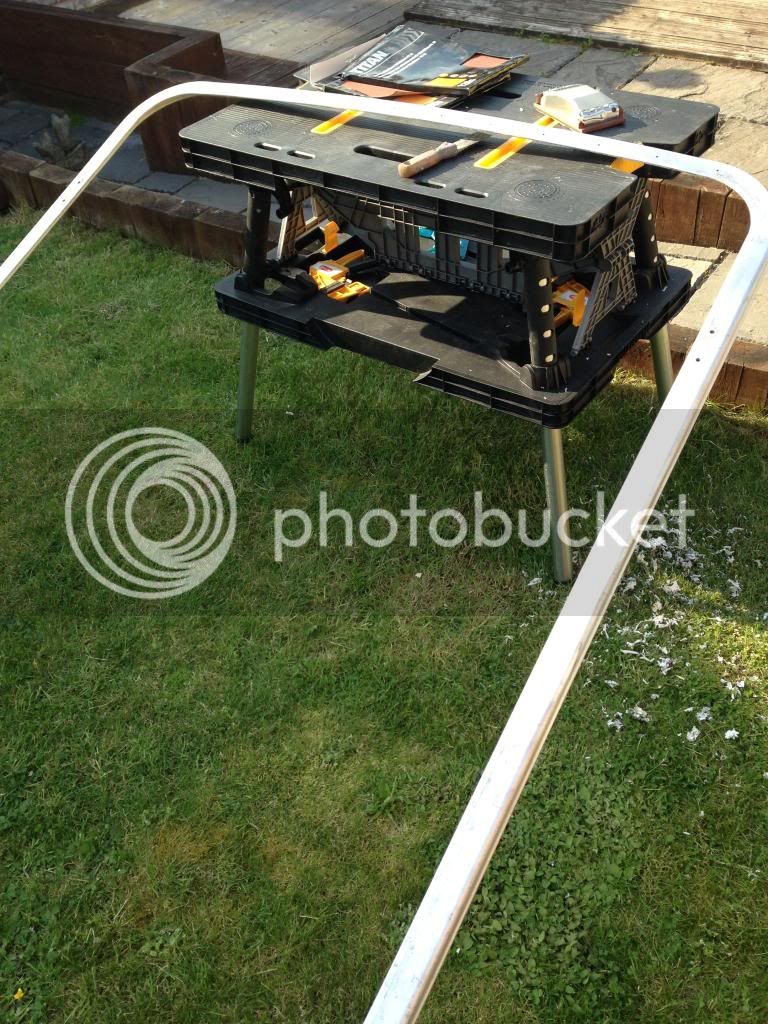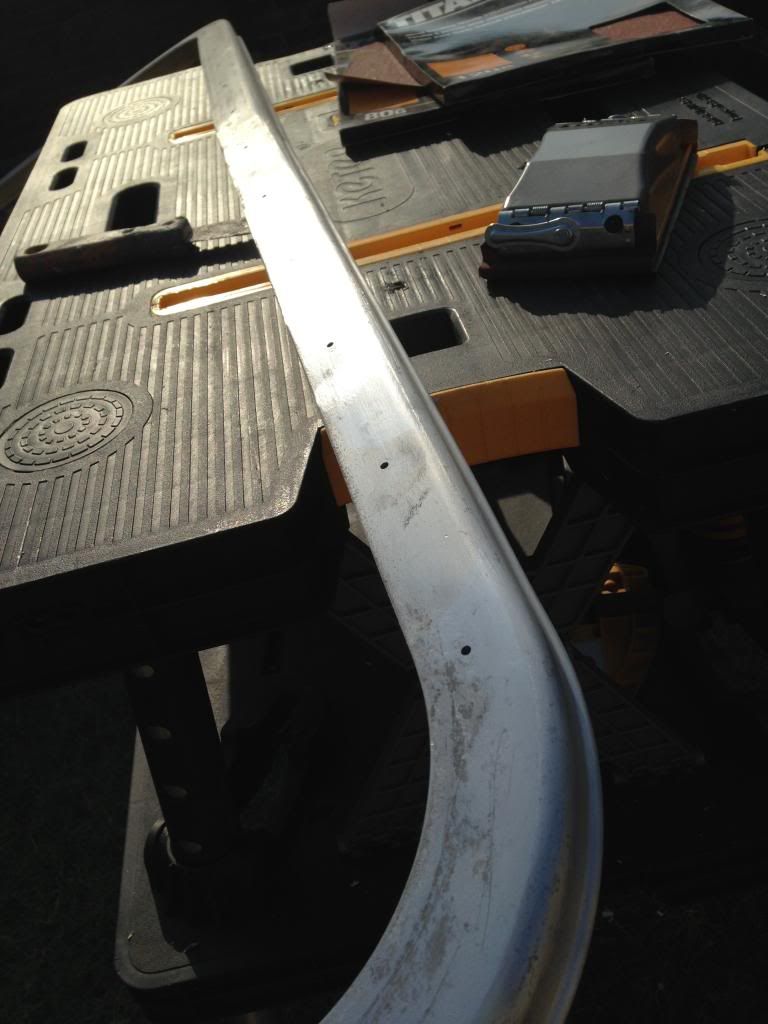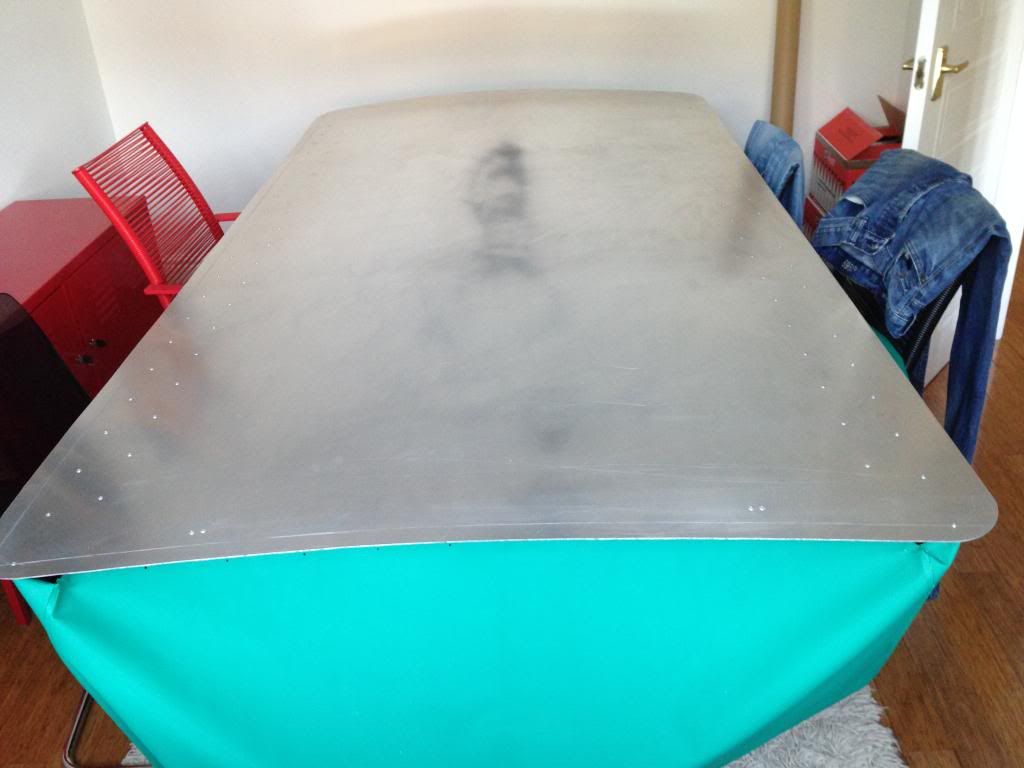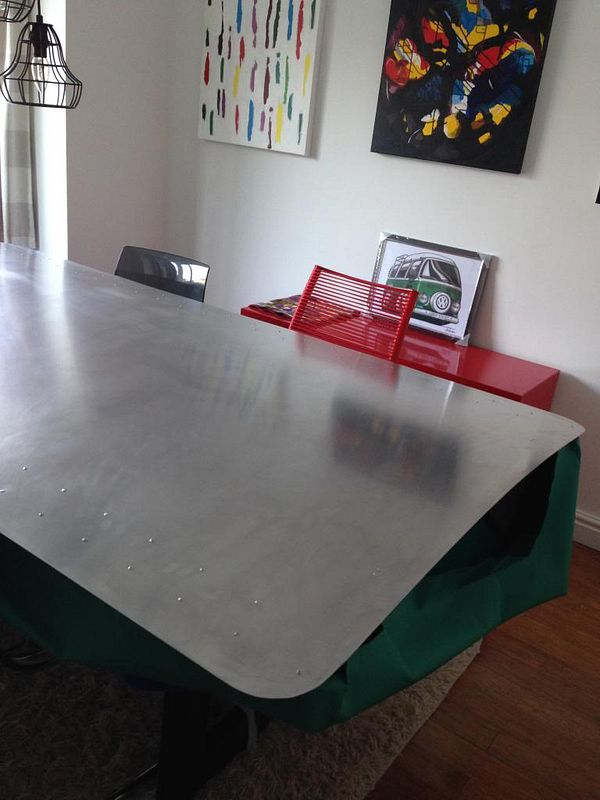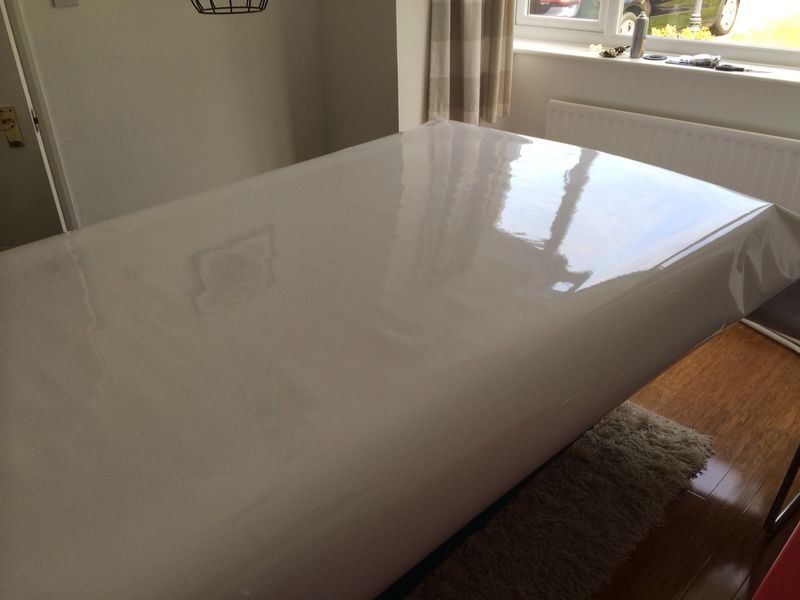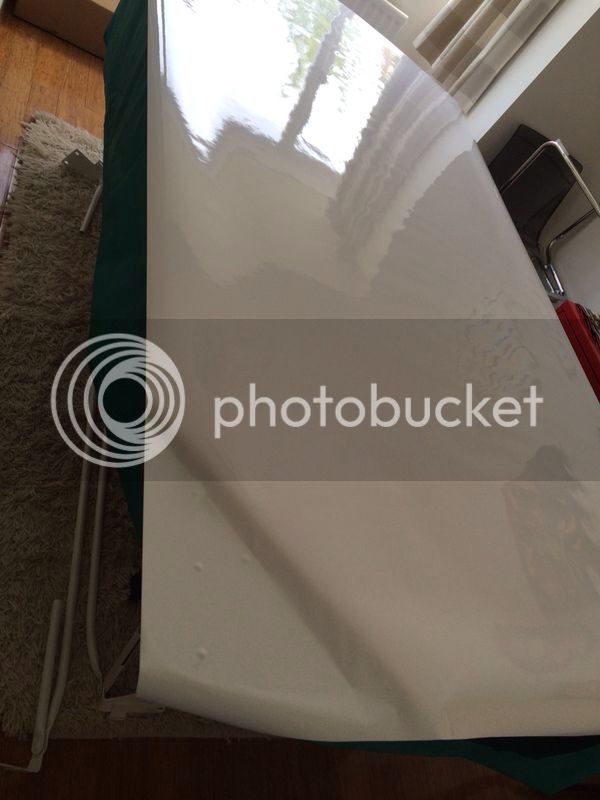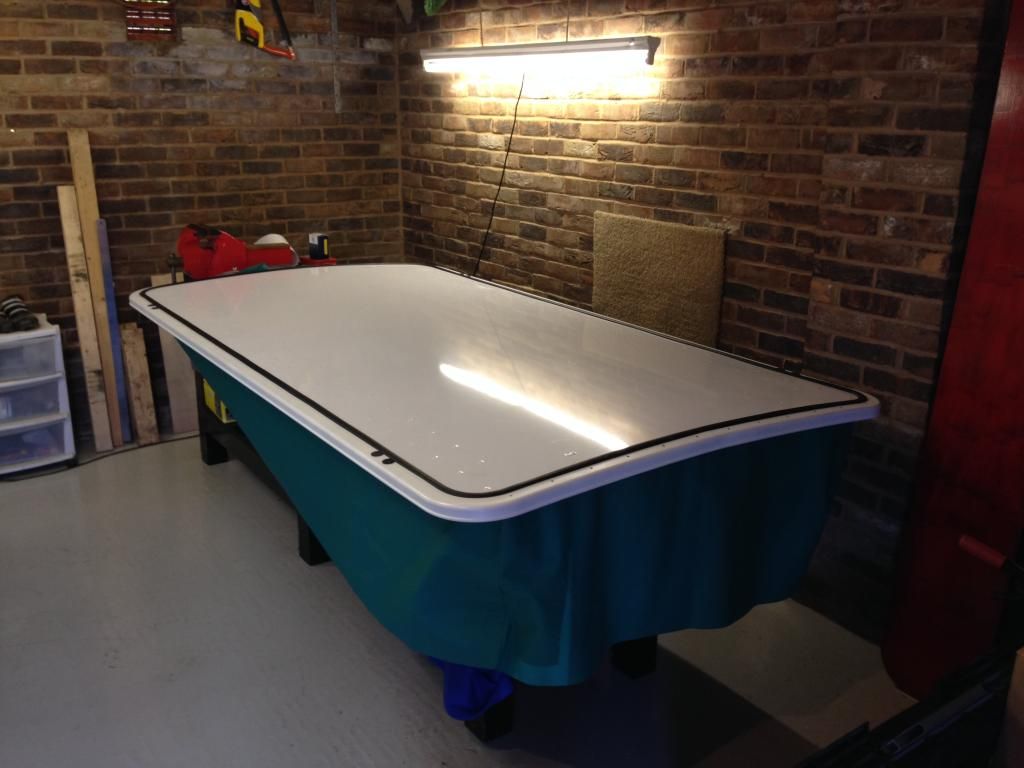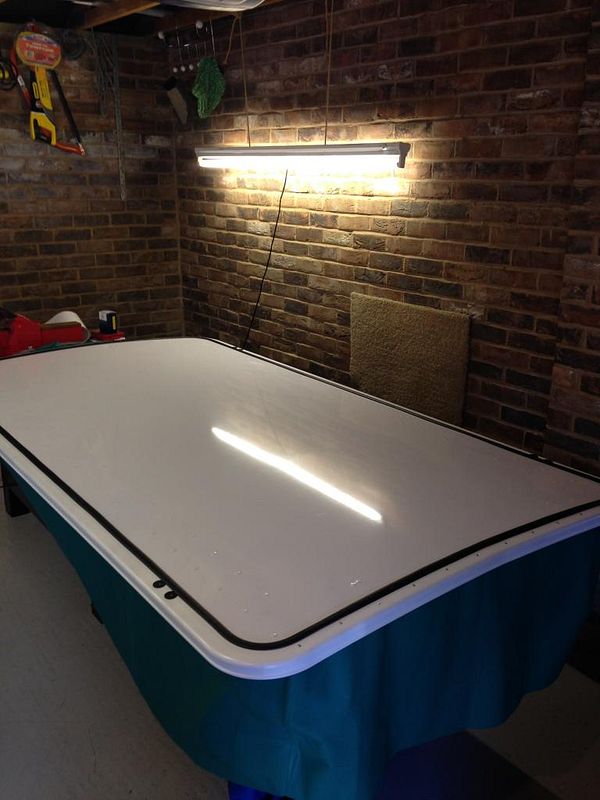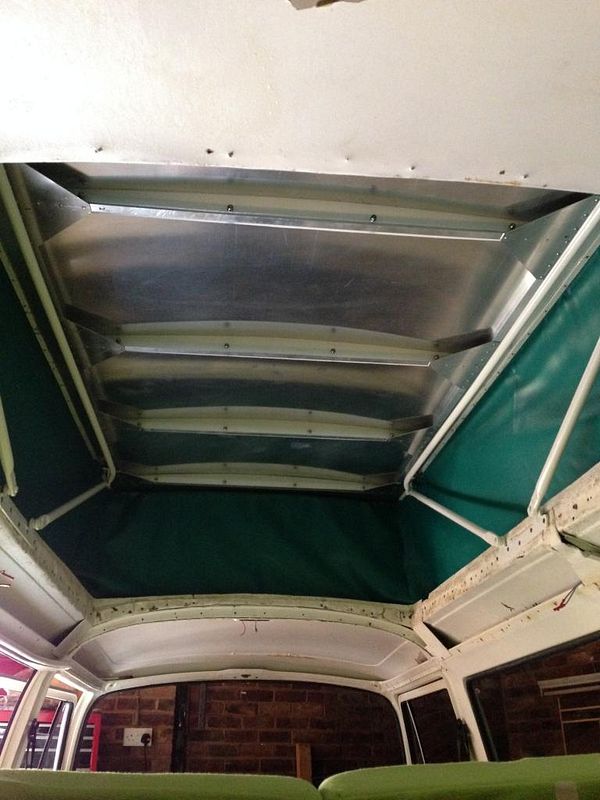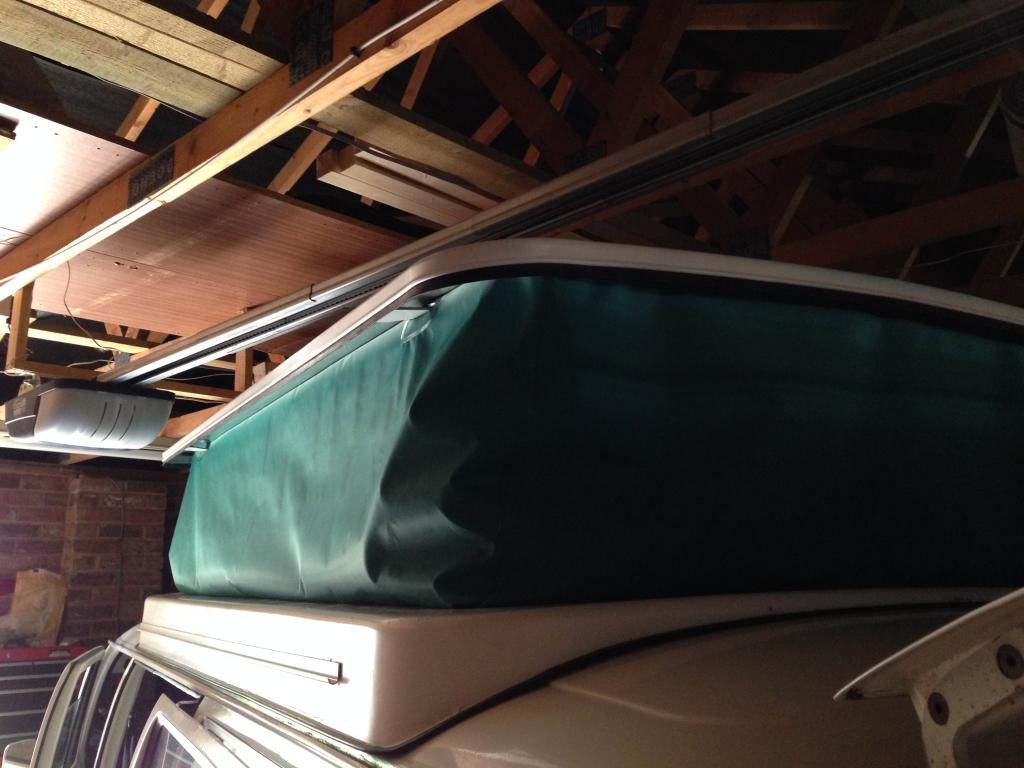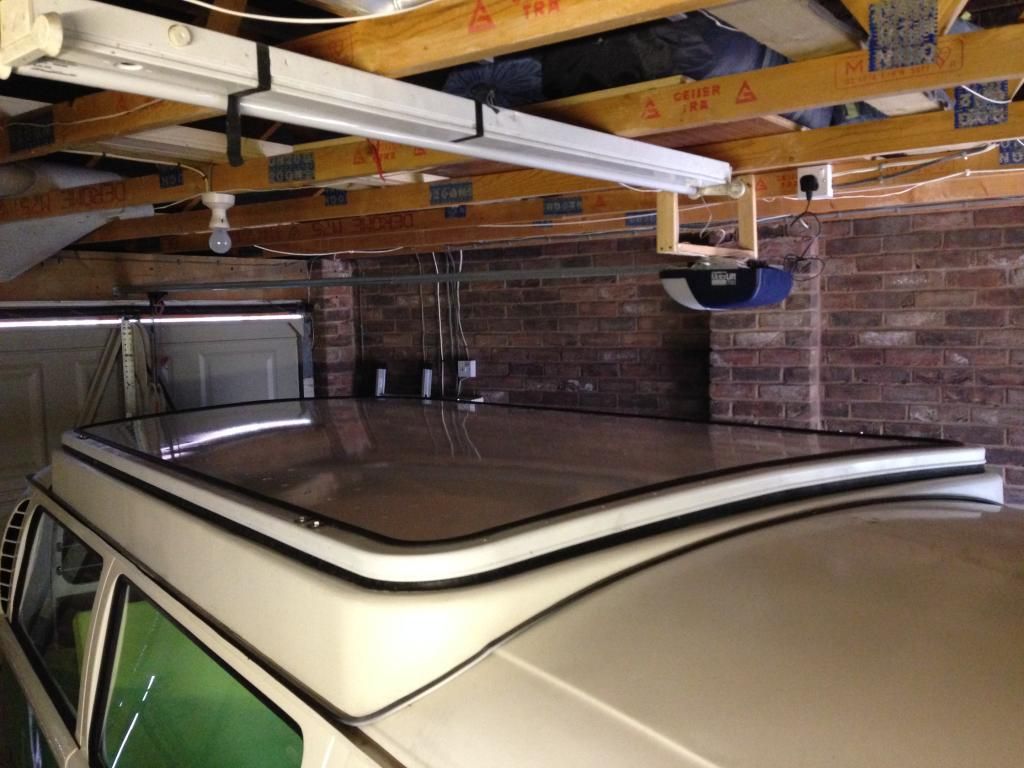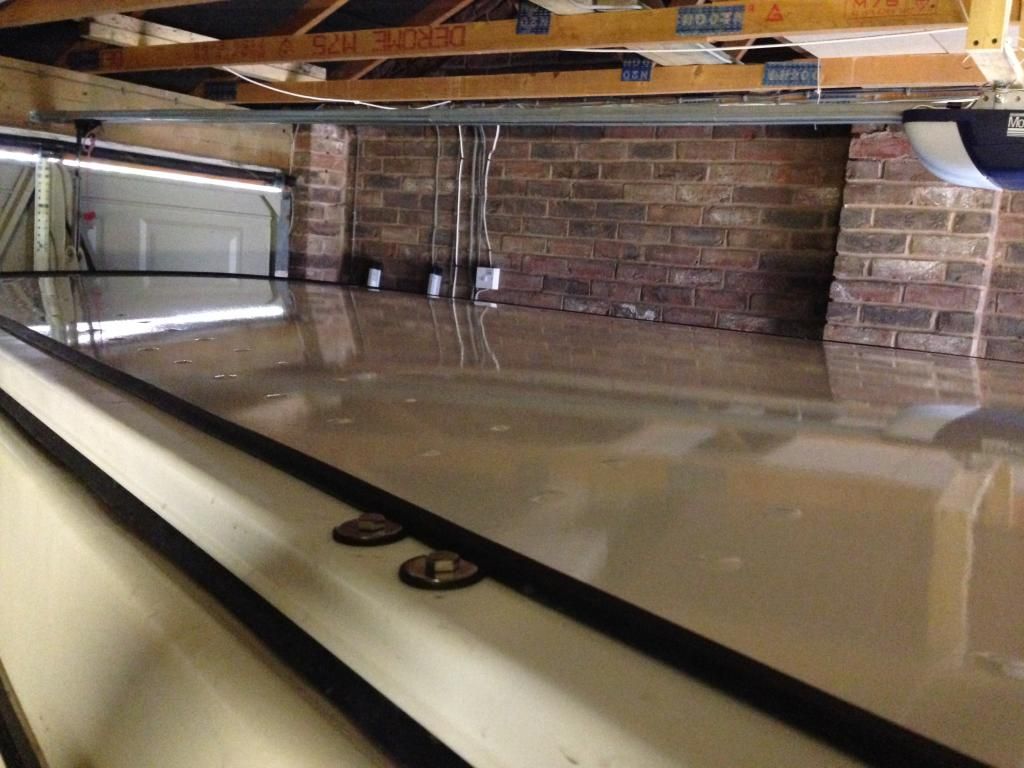Hello folks,
Since buying our bus as the weather got less summery last year, it has done nothing except throw up problem after problem. By starting this thread, I thought it'd be a good way to capture all of the effort gone into it so far over the winter months and hopefully future updates will see us actually getting out in it, rather than having it sit on axle stands the majority of the time!
Where to begin... we bought the bus as a bit of an investment that'd also give us something of a project to get stuck into. Although I had an idea that it'd be a bit of a money-pit, I think I underestimated that a bit! :lol:
Our hearts were set on an early bay from the outset - we're not fans of the late bay look, and couldn't afford a splitty that would be usable out of the box. The search began... after scouring many for sale ads, and being disappointed by what was on offer at busfest, we weren't getting any closer. Going to view buses often resulted in further disappointment where owners had used pictures from a previous restoration, and they weren't anywhere as good in the flesh. However, all was not lost when a new advert popped up not too far away and off we trotted for a look. It ticked all our boxes - appearing very good structurally, but with a bit of a crappy, homemade interior - the things that we could improve ourselves. The owner let me disappear for a test drive, however, this had a gearstick with more play than I have ever felt with anything, so I just couldn't work out when it was in gear. I was in so much fear of getting stuck on a main road whilst trying to find 1st that I literally just drive up and down his road a couple of times before promptly handing the keys back. :shock:
Despite this, we made an offer there and then, which was accepted, so put down a deposit whilst we sorted out the rest of the cash.
I was genuinely cacking it at how I was going to drive this un-driveable bus the 60-odd miles home. And to add more stress to the situation, unfortunately, whilst following the Mrs home, the main road we needed to take to avoid single-carriage lanes (this was the first bus I had ever driven more than half a mile!!) was shut, and the TomTom then promptly took us through the middle of nowhere, down lots of unmade roads. :x Despite having to stop part way in to relieve some of my frustration at the satnav, we made it home, and here is the beast on it's first day at it's new abode:
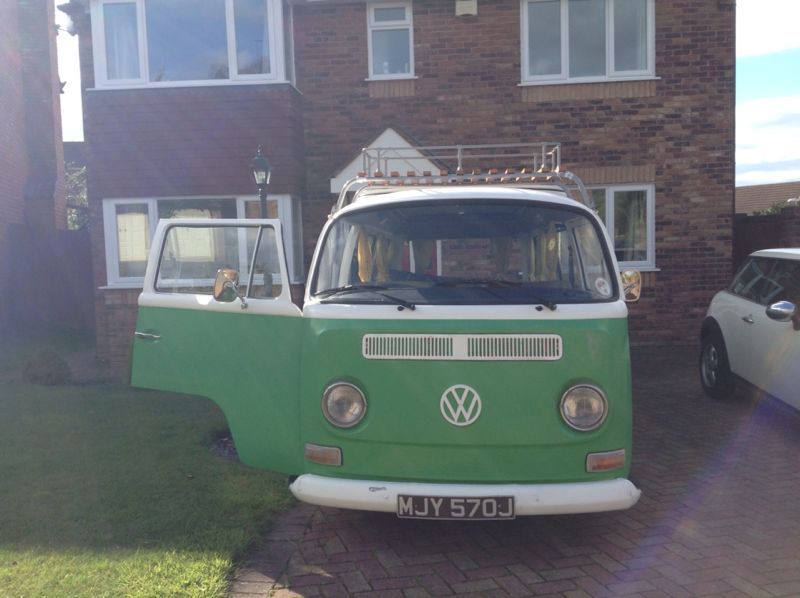
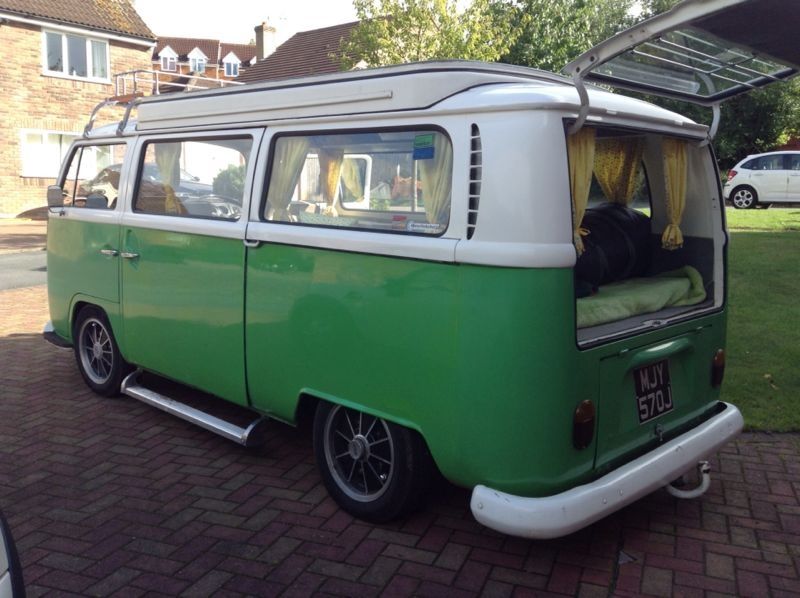
More to follow to the present date... 8)
Since buying our bus as the weather got less summery last year, it has done nothing except throw up problem after problem. By starting this thread, I thought it'd be a good way to capture all of the effort gone into it so far over the winter months and hopefully future updates will see us actually getting out in it, rather than having it sit on axle stands the majority of the time!
Where to begin... we bought the bus as a bit of an investment that'd also give us something of a project to get stuck into. Although I had an idea that it'd be a bit of a money-pit, I think I underestimated that a bit! :lol:
Our hearts were set on an early bay from the outset - we're not fans of the late bay look, and couldn't afford a splitty that would be usable out of the box. The search began... after scouring many for sale ads, and being disappointed by what was on offer at busfest, we weren't getting any closer. Going to view buses often resulted in further disappointment where owners had used pictures from a previous restoration, and they weren't anywhere as good in the flesh. However, all was not lost when a new advert popped up not too far away and off we trotted for a look. It ticked all our boxes - appearing very good structurally, but with a bit of a crappy, homemade interior - the things that we could improve ourselves. The owner let me disappear for a test drive, however, this had a gearstick with more play than I have ever felt with anything, so I just couldn't work out when it was in gear. I was in so much fear of getting stuck on a main road whilst trying to find 1st that I literally just drive up and down his road a couple of times before promptly handing the keys back. :shock:
Despite this, we made an offer there and then, which was accepted, so put down a deposit whilst we sorted out the rest of the cash.
I was genuinely cacking it at how I was going to drive this un-driveable bus the 60-odd miles home. And to add more stress to the situation, unfortunately, whilst following the Mrs home, the main road we needed to take to avoid single-carriage lanes (this was the first bus I had ever driven more than half a mile!!) was shut, and the TomTom then promptly took us through the middle of nowhere, down lots of unmade roads. :x Despite having to stop part way in to relieve some of my frustration at the satnav, we made it home, and here is the beast on it's first day at it's new abode:


More to follow to the present date... 8)



